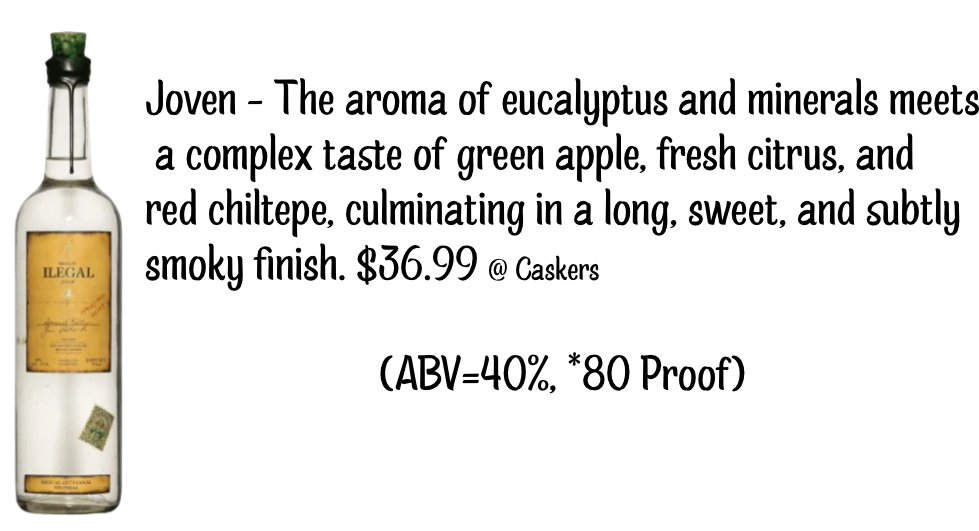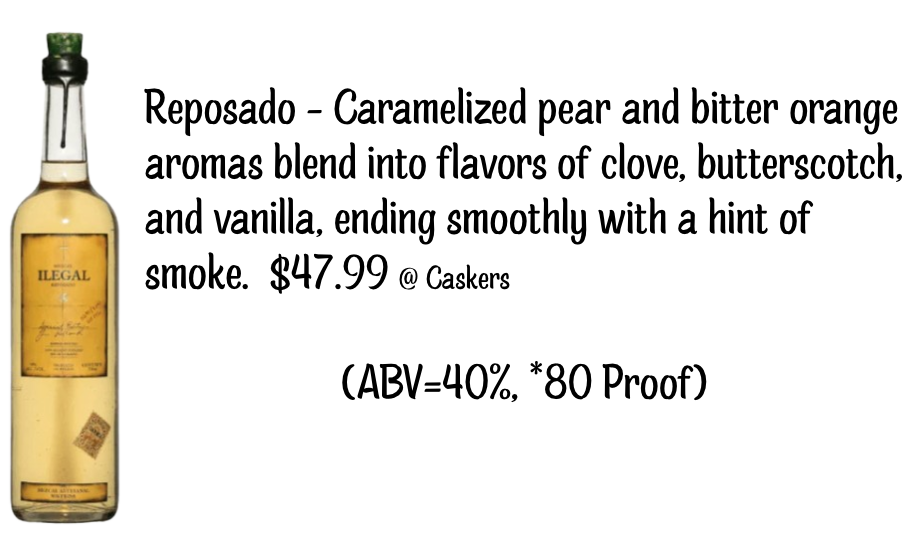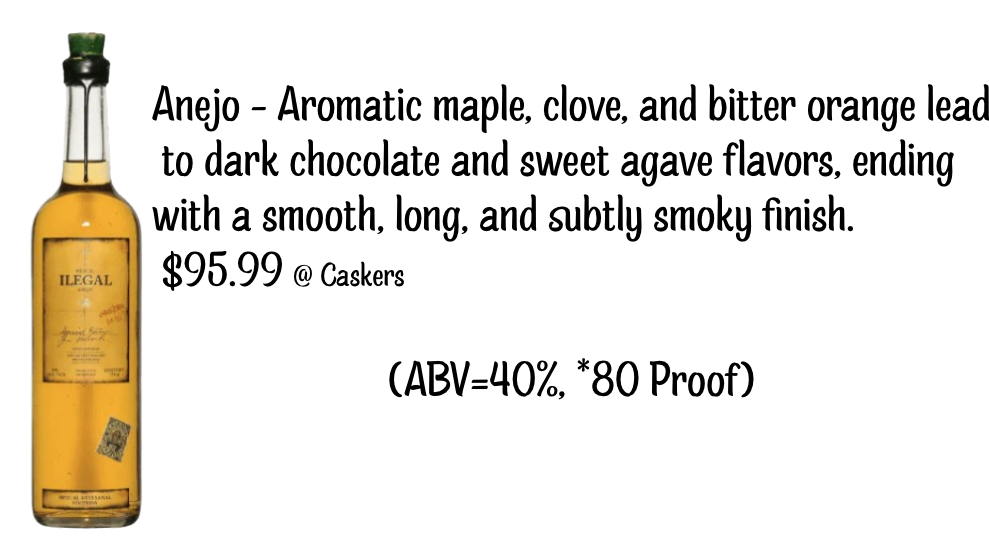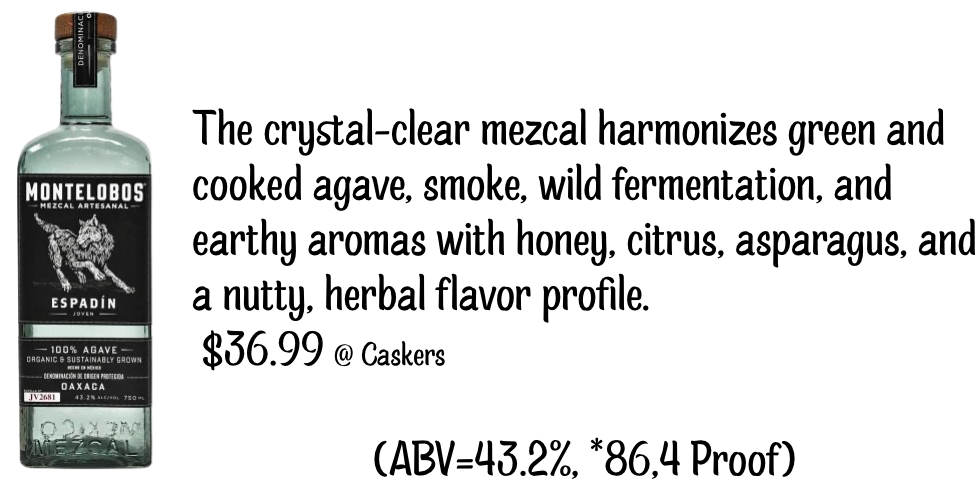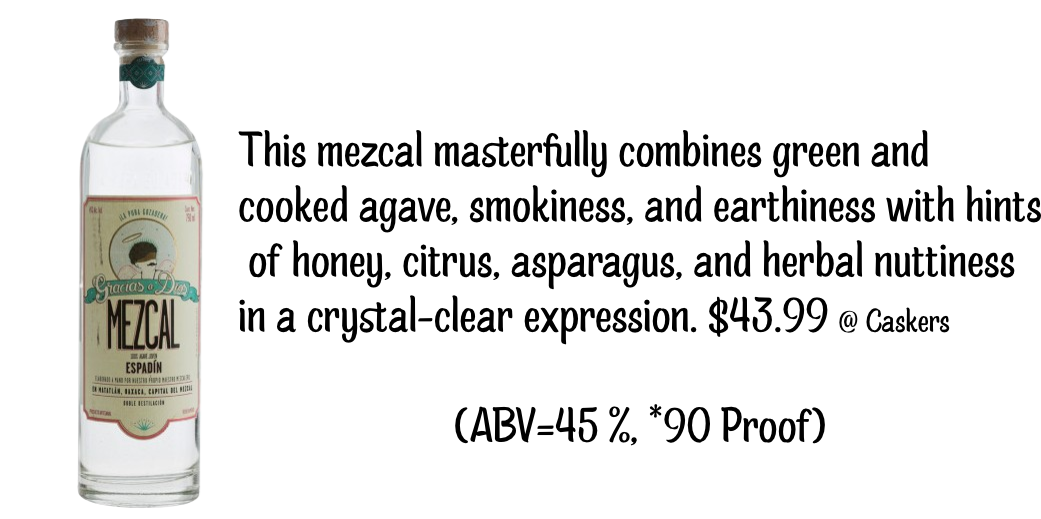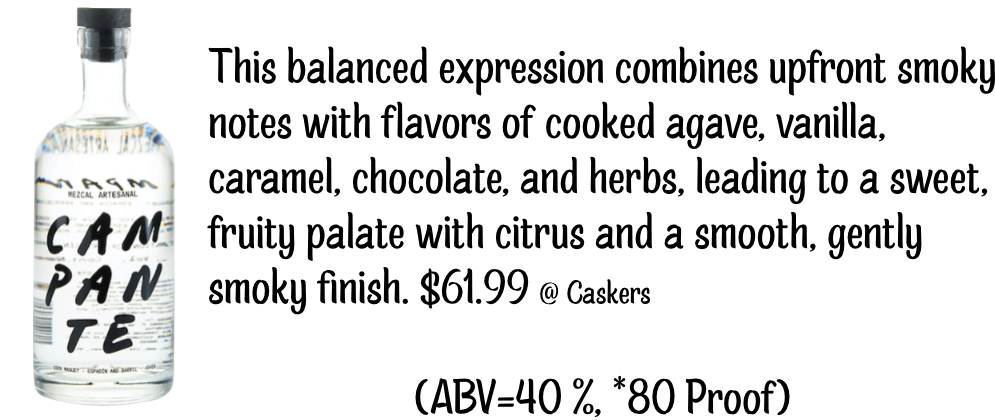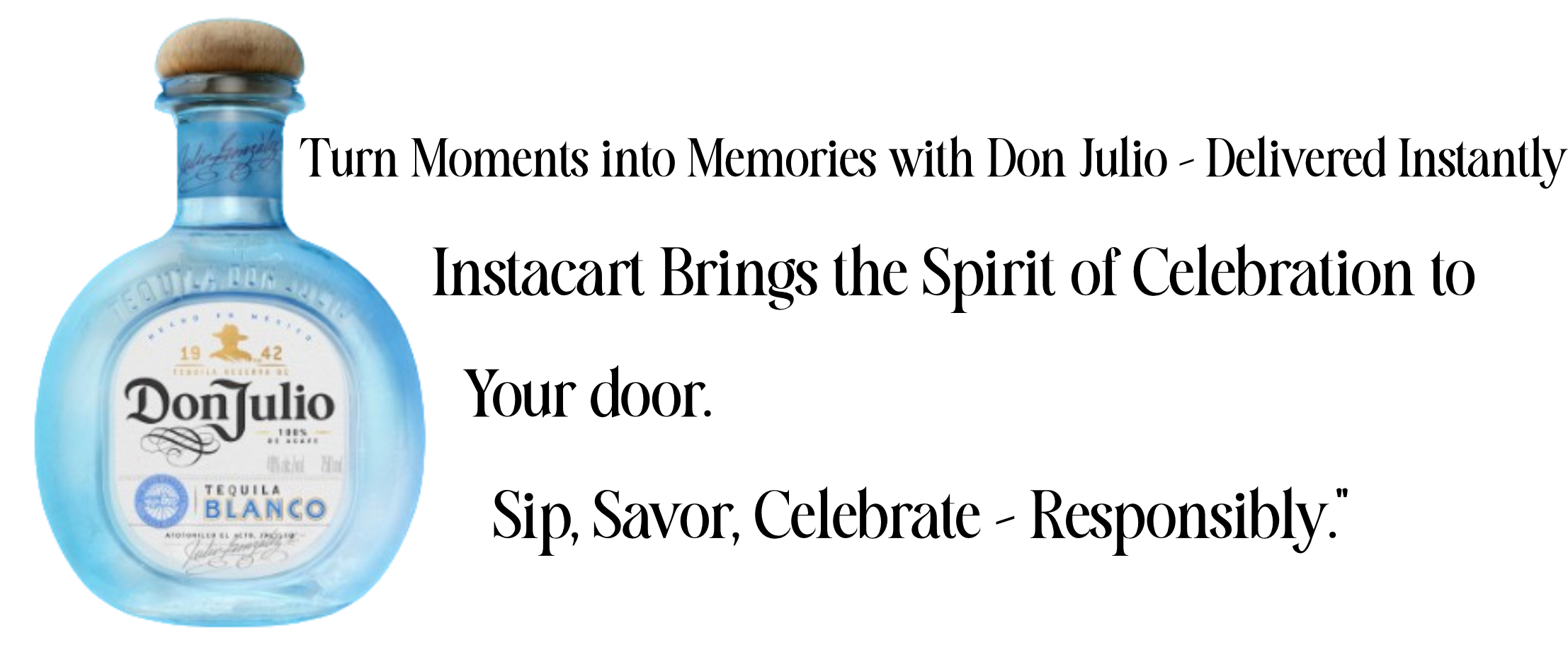Tequila
Tequila, a distilled spirit celebrated for its rich heritage and bold flavor, hails from the Jalisco region of Mexico.
It is crafted from the blue agave plant, specifically Agave tequilana Weber, which thrives in the volcanic soils of the region.
Tequila production is both an art and a science, involving the harvesting of mature agave plants, roasting their cores (called “piñas”), and fermenting the extracted juices before distillation.
Tequilas are classified by their aging process:
Blanco (unaged or aged up to 2 months),
Reposado (aged 2 months to 1 year),
Añejo (aged 1 to 3 years) and
Extra Añejo (aged over 3 years).
Each type offers a unique flavor profile, from the crisp and clear notes of a Blanco to the deep, complex flavors of an Extra Añejo.
Often enjoyed straight, in margaritas, or other cocktails, tequila is a testament to Mexico’s rich cultural heritage and its gift to the world of spirits.
Best Mezcal: An All-Inclusive Guide to Top Selections
Mezcal, a traditional Mexican spirit, has accumulated widespread attention for its bold flavors and artisanal craftsmanship. The smoky, complex taste of this unique spirit sets it apart from other agave-based spirits, such as tequila. As you explore the world of this unique liquor, you may come across questions like: What are the best mezcal brands? How should you savor this spirit? And how does it differ from its more ubiquitous cousin, tequila?
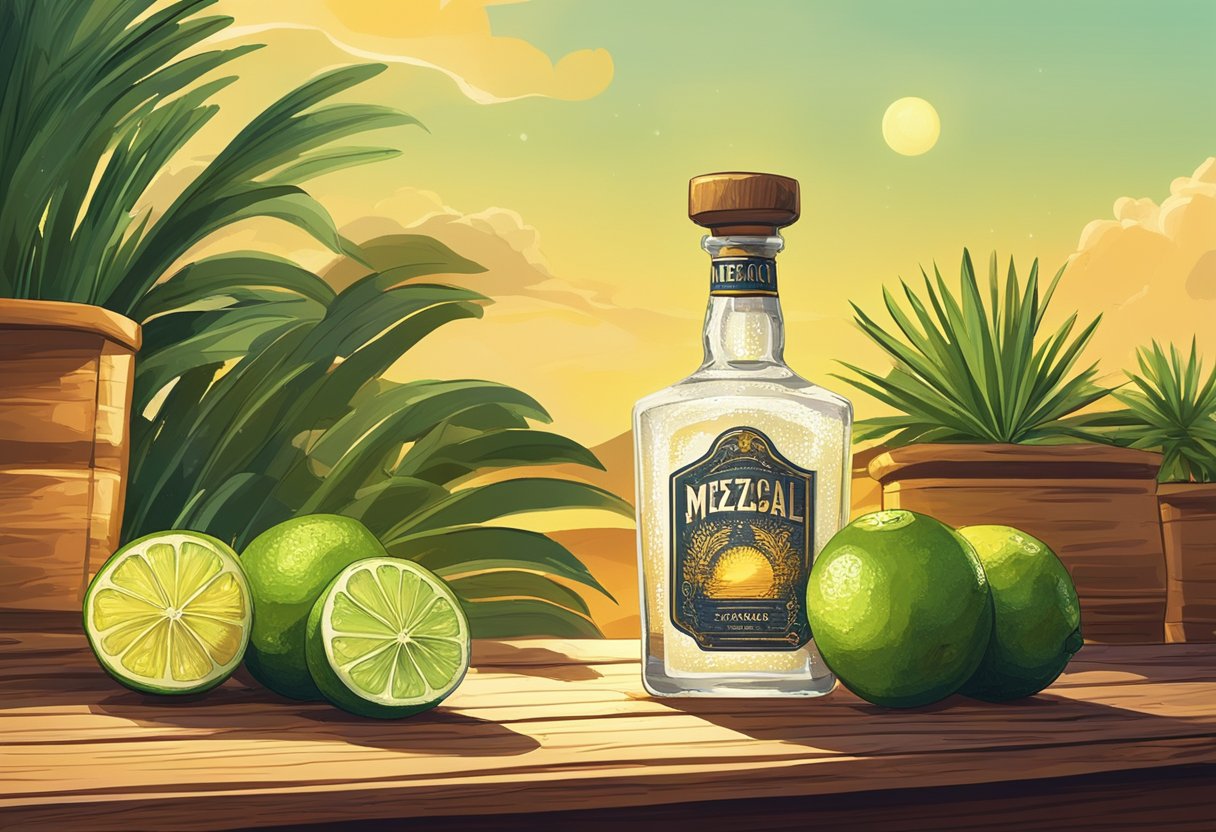
The landscape boasts an incredible diversity, shaped by factors like agave types, production methods, and local customs. We’ve gathered insights on some of the top mezcal selections available, recommendations, and fascinating facts about this time-honored spirit. Whether you prefer your mezcal smoky and robust or smooth and easy to sip, there’s a wide variety to match your taste and preferences.
Knowing the distinctions between mezcal and other agave spirits, as well as the unique flavor profiles of different brands, is crucial for a full appreciation of this enthralling drink. Diving into the extensive information we’ve compiled, whether you’re well-versed in mezcal’s world or just beginning to explore its allure, will significantly enhance your enjoyment of this exceptional beverage.
The History of Mezcal
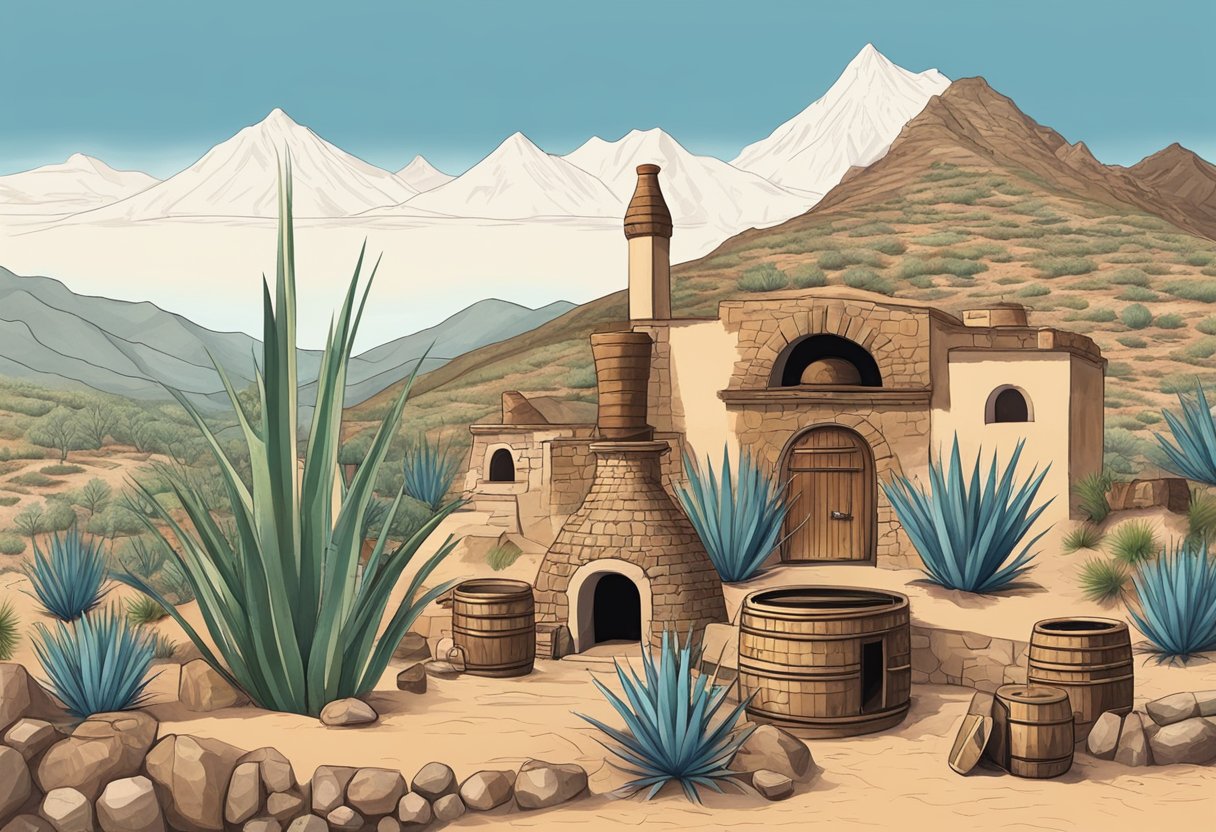
Origins and Cultural Significance
The origins trace back to around 400 B.C in the pre-Hispanic period, when Mexico’s indigenous communities first experienced the psychoactive effects of the fermented sap from the maguey (or agave) plant. The term “mezcal” is derived from the Nahuatl language, with “metl” and “ixcalli” translating to “oven-cooked agave.” This spirit was not only a crucial part of the indigenous peoples’ culture and ceremonies but also evolved into a key industry that significantly boosted Mexico’s economic growth.
Understanding the difference between mezcal and tequila is crucial. Tequila, though a type of mezcal, distinctively originates from Jalisco and three other states and requires at least 51 percent blue agave, contrasting with mezcal’s production from a variety of agave species.
Evolution and Modern Production
The earliest documented instance of “mexcales” being distilled goes back to 1619, a technique introduced by the Spanish that transformed the indigenous fermented agave beverage into today’s mezcal. By the 17th century, mezcal’s production methods had further advanced, evidenced by the Marquis of Altamira establishing a significant agave distillery in what is now the town of Tequila.
Contemporary mezcal production remains deeply rooted in its traditional practices, especially in Oaxaca, which is the epicenter for most mezcal production. The process involves several key steps:
- Harvesting: Mature agave plants are carefully chosen and harvested.
- Cooking: The core of the agave (piñas) is cooked, usually in underground pits.
- Crushing: After cooking, the agave is crushed to release its juices.
- Fermentation: These juices are then combined with water and left to ferment.
- Distillation: Finally, the fermented brew is distilled, commonly in copper apparatus.
The distinct flavors and profiles of various mezcals are a result of the specific agave type, local environment, and the methods used in production. As mezcal gains popularity worldwide, producers—both those adhering to traditional techniques and those employing novel approaches—are collaborating to maintain its rich heritage and cultural value while reaching new audiences and markets. Mezcal embodies the rich essence of Mexican heritage, offering a diverse palette of flavors to enthusiasts around the globe.
Understanding Mezcal
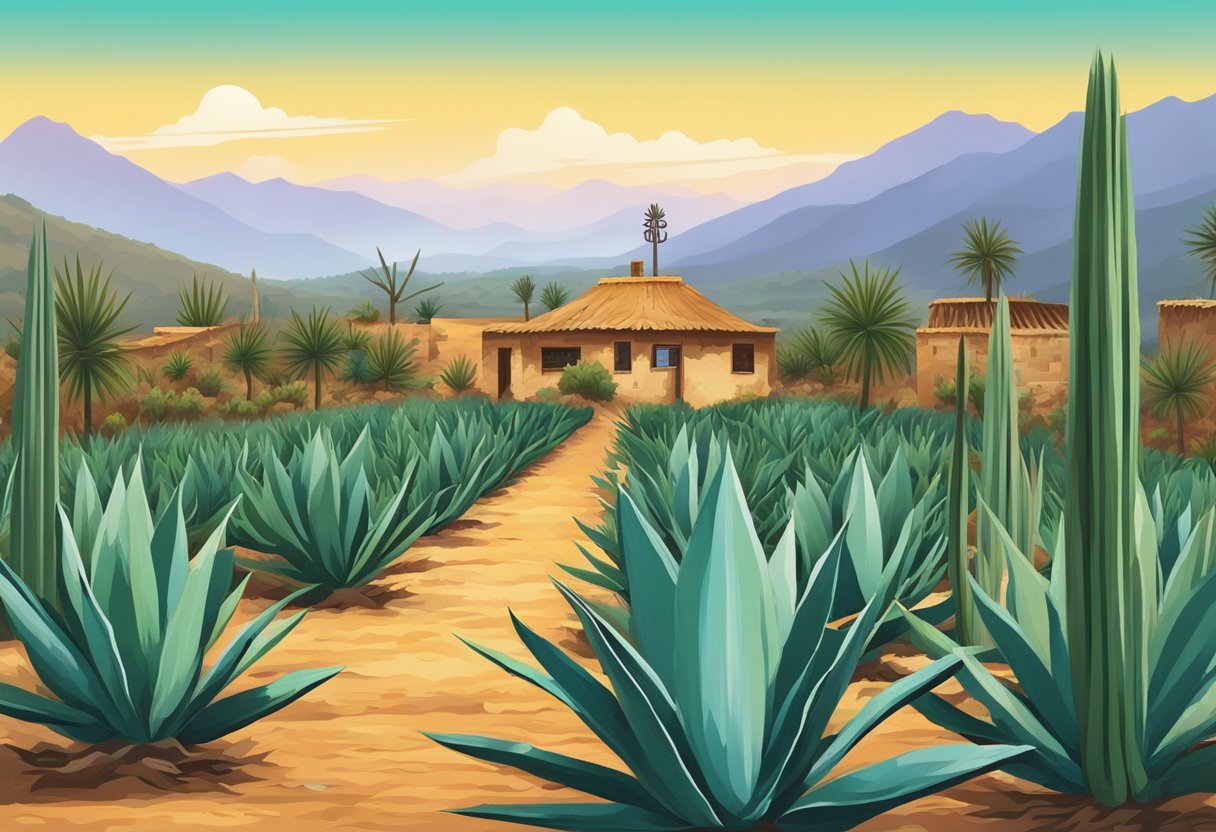
What Defines Mezcal
Mezcal, a traditional Mexican spirit, comes from various agave plants and often draws comparisons to tequila, highlighting key differences. Unlike tequila, which exclusively uses blue agave, mezcal boasts production from over 30 different agave varieties. This diversity in agave types results in a wide array of flavors and experiences when consuming mezcal. Some popular mezcal brands include Del Maguey, Los Amantes, and Montelobos.
Varieties of Mezcal
There are several different varieties of mezcal, each procured from varying agave species. The most common type used for mezcal production is the Espadín agave, accounting for approximately 90% of all mezcal made. Certain regions feature unique agave varieties like Tobalá, Tepeztate, and Madrecuixe, which impart distinctive flavors and characteristics to the spirit.
Here is a brief list of some common agave varieties used in mezcal production:
- Espadín: The workhorse of mezcal, produces a balanced and accessible flavor.
- Tobalá: Wild variety, known for its complex and fruity notes.
- Tepeztate: Rare and slow-growing, resulting in a spicy and bold flavor.
- Madrecuixe: Delivers an herbaceous and subtly smoky profile.
Production Process
The production of mezcal is a rich and fascinating process steeped in tradition. Each step, from harvesting the agave to distilling the spirit, contributes to its distinct taste and character.
- Harvesting: Agave plants are typically harvested after reaching full maturity, which can take anywhere from 7 to 30 years, depending on the variety.
- Cooking: The heart of the agave, called the piña, is roasted in an underground oven. This process imparts the trademark smoky flavor to mezcal.
- Milling: Once cooked, the piñas are crushed, traditionally by a stone wheel called a tahona, to extract the juice, or aguamiel.
- Fermentation: The aguamiel is placed in large wooden or stone vats, where it ferments for several days, transforming the sugars into alcohol.
- Distillation: The fermented mixture is then distilled, usually in copper or clay pots, to increase the alcohol concentration and enhance flavors.
As you explore the world of mezcal, it is crucial to understand the spirit’s various aspects, from the diverse agave varieties to the traditional production process. This knowledge will enhance your appreciation of the intricate flavors and unique characteristics each mezcal brand offers.
Tequila vs Mezcal
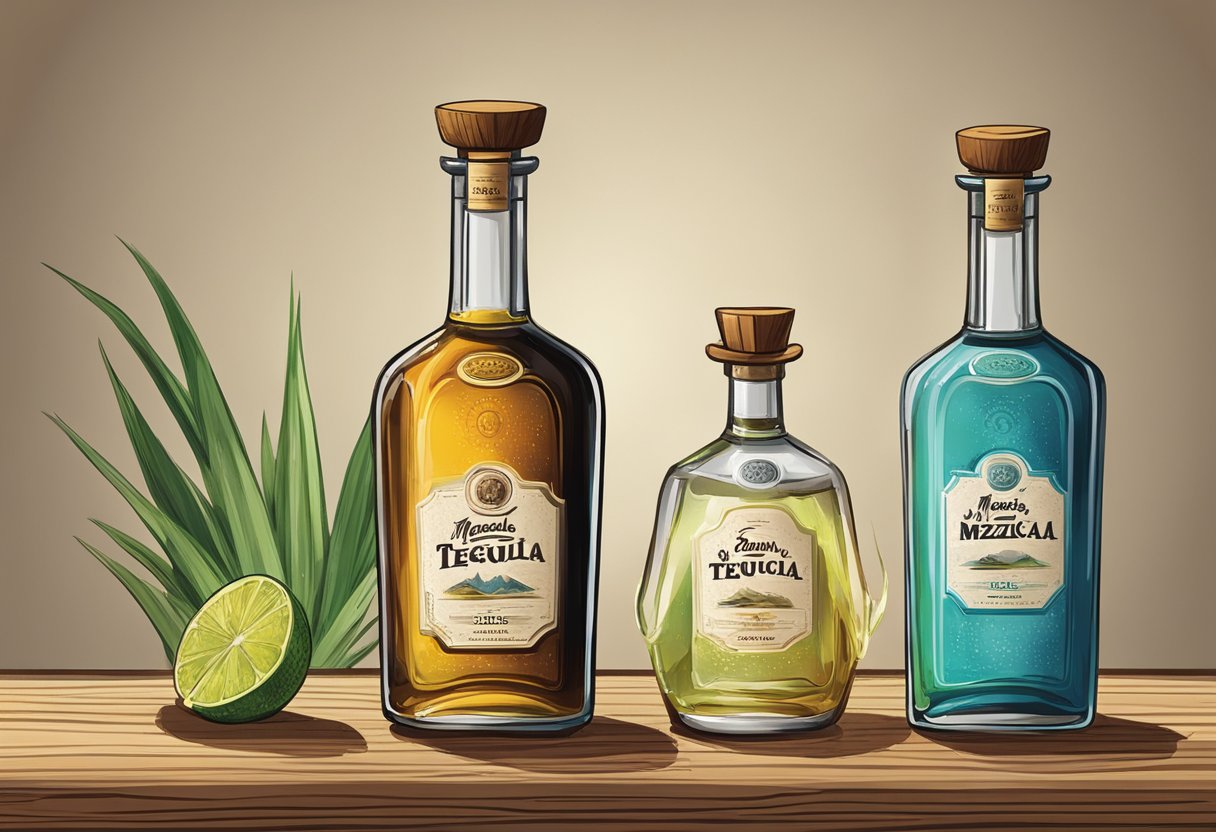
Comparing Flavors and Production
Discussing mezcal versus tequila requires acknowledging their unique flavors and production methods. Mezcal’s smoky flavor distinguishes it from tequila’s cleaner taste, a distinction driven by the variety of agave plants and production locations; various agaves from 13 Mexican states can produce mezcal, whereas tequila production mandates at least 51 percent blue agave.
Here’s a brief comparison:
Choosing Between Mezcal and Tequila
Choosing between mezcal and tequila boils down to personal preference and the way you intend to enjoy these spirits. If you’re drawn to intricate, smoky notes and value traditionally made beverages, mezcal could be your choice. It’s commonly savored neat.
Conversely, if you favor a lighter, more refined taste, you might lean towards tequila. Tequila serves as a popular foundation for mixed drinks like margaritas and palomas. Additionally, tequila comes in different maturity levels, including blanco, reposado, and añejo, offering a range of flavors for you to discover within the realm of tequila.
In summary:
- Choose mezcal if you like smoky, earthy flavors and straight sipping.
- Choose tequila if you prefer lighter tastes and versatility in cocktails.
Top Mezcal Brands
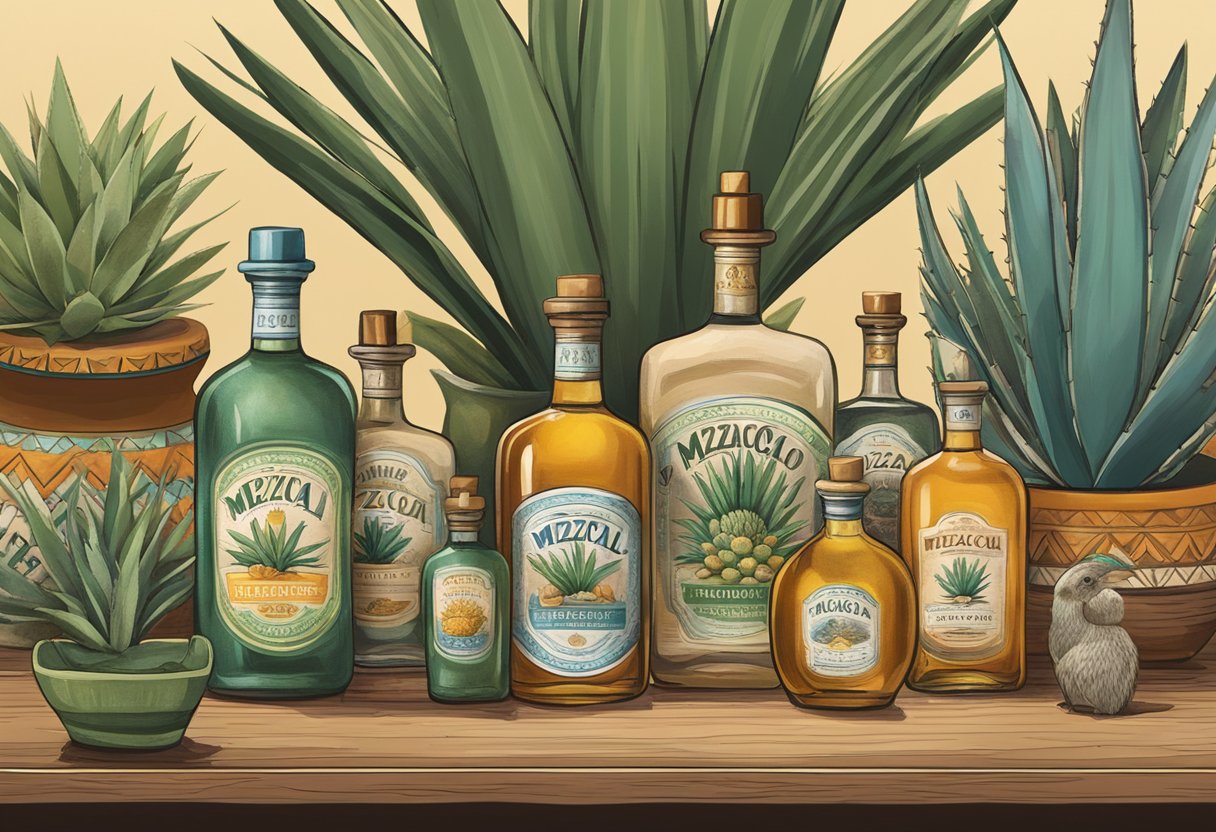
Premium Selections
If you’re looking for exceptional mezcal, Rey Campero Tepextate Mezcal, priced at $123.99, it holds the title of best overall mezcal to enjoy. Another excellent option is the Del Maguey Tobala Mezcal, priced at $130.99. It’s known for its distinct flavor profile and smooth finish.
Some other premium selections include:
- Ilegal – Renowned for its complex yet balanced taste and affordable. Illegal Mezcal has become a popular choice among aficionados.
- Lobos 1707 – A sophisticated option, Lobos 1707 offers a mezcal that appeals to both novices and connoisseurs alike.
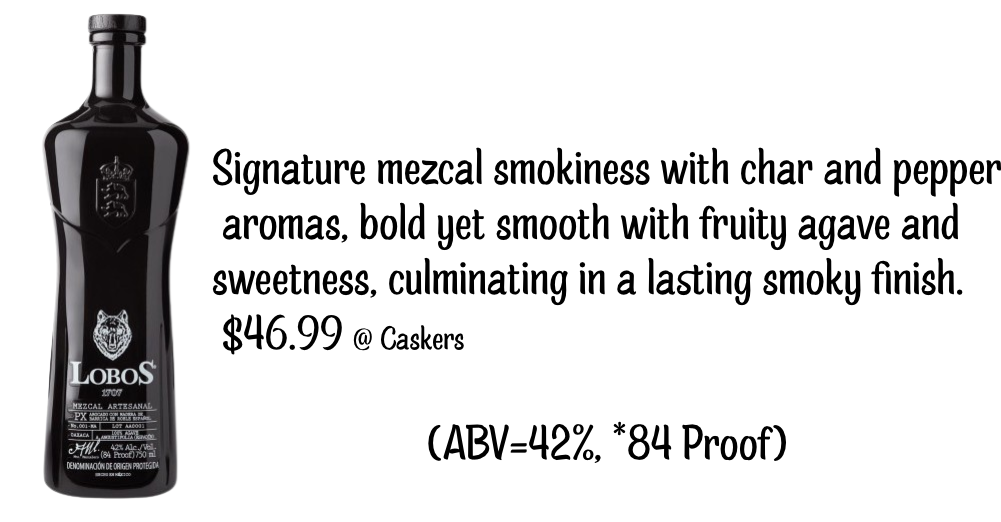
Affordable Finds
For those eager to try mezcal without breaking the bank, Montelobos Espadín is a great choice for beginners. Priced at $36.99, it’s both affordable and approachable.
Another premium choice you could sample is Gracias A Dios Espadín, which has a similar price range at $43.99 per bottle.
These remarkable mezcals offer a variety of tastes and price points for you to explore the world of this unique spirit. Savor each sip and enjoy the depth of flavors that these brands offer.
How to Enjoy Mezcal
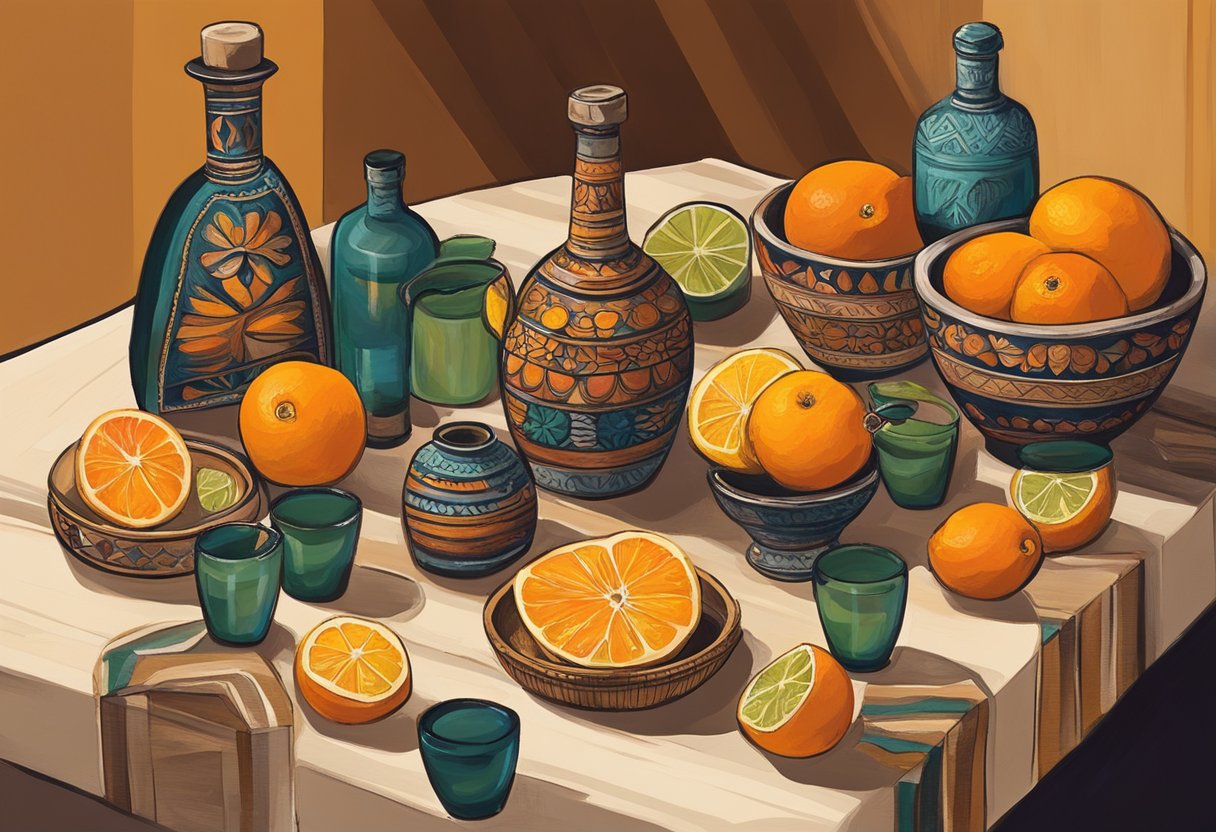
Mezcal is a versatile and complex spirit that can be appreciated in various ways. In this section, we will explore two methods for enjoying mezcal: tasting it neat and pairing it with food.
Tasting Mezcal Neat
To fully appreciate mezcal’s unique flavor profile, it is best to taste it neat and at room temperature served between 60-65°F. To achieve the optimal serving temperature, try removing the bottle from storage and letting it sit at room temperature for about 20 minutes before enjoying. This allows the spirit to unfold its entire range of aroma and taste nuances. Here’s a step-by-step guide on how to taste mezcal neat:
- Choose the right glassware: Use a small, wide-mouthed glass like a copita or a snifter to allow the mezcal to open up and release its aromas. You want the glassware that you use to let you experience mezcal’s aroma. “Jicaras” and “Veladoras” are the traditional vessels mezcal is served in. Jicaras are small, hollowed-out gourd bowls. Veladoras are small, shallow, and wide-mouthed glasses. Helping to enhance the overall tasting experience.
- Pour the mezcal: Pour a small amount (around one ounce) of mezcal into the glass.
- Observe the color: Take a moment to appreciate the mezcal’s color, which can range from clear to amber.
- Swirl and sniff: Gently swirl the mezcal in the glass, then take in the aroma by smelling it directly under your nose, at a 45-degree angle, and with your mouth open.
- Take a small sip: Kiss the glass to take a small sip, swish the mezcal around in your mouth, and then swallow.
- Breathe out: Exhale through your mouth immediately after swallowing to fully appreciate the mezcal’s flavors and finish.
Pairing Mezcal with Food
Mezcal’s diverse flavor profile makes it an excellent candidate for food pairings. Here are a few general guidelines to help you select the perfect dish to complement your mezcal:
- Match the intensity: Pair bold, smoky mezcals with robust or spicy dishes, while delicate or floral mezcals go well with lighter, more subtle flavors.
- Complement flavors: Look for dishes that share or enhance the flavor characteristics of your chosen mezcal. For example, a fruity mezcal might pair well with grilled pineapple or citrus-based ceviche.
- Balance the heat: Mezcal’s smokiness can help neutralize spicy foods, while the heat from spicy dishes can bring out the sweetness in mezcal.
Some classic mezcal and food pairings include:
- Tacos al pastor: The combination of spicy marinated pork, sweet pineapple, and smoky mezcal creates a harmonious balance.
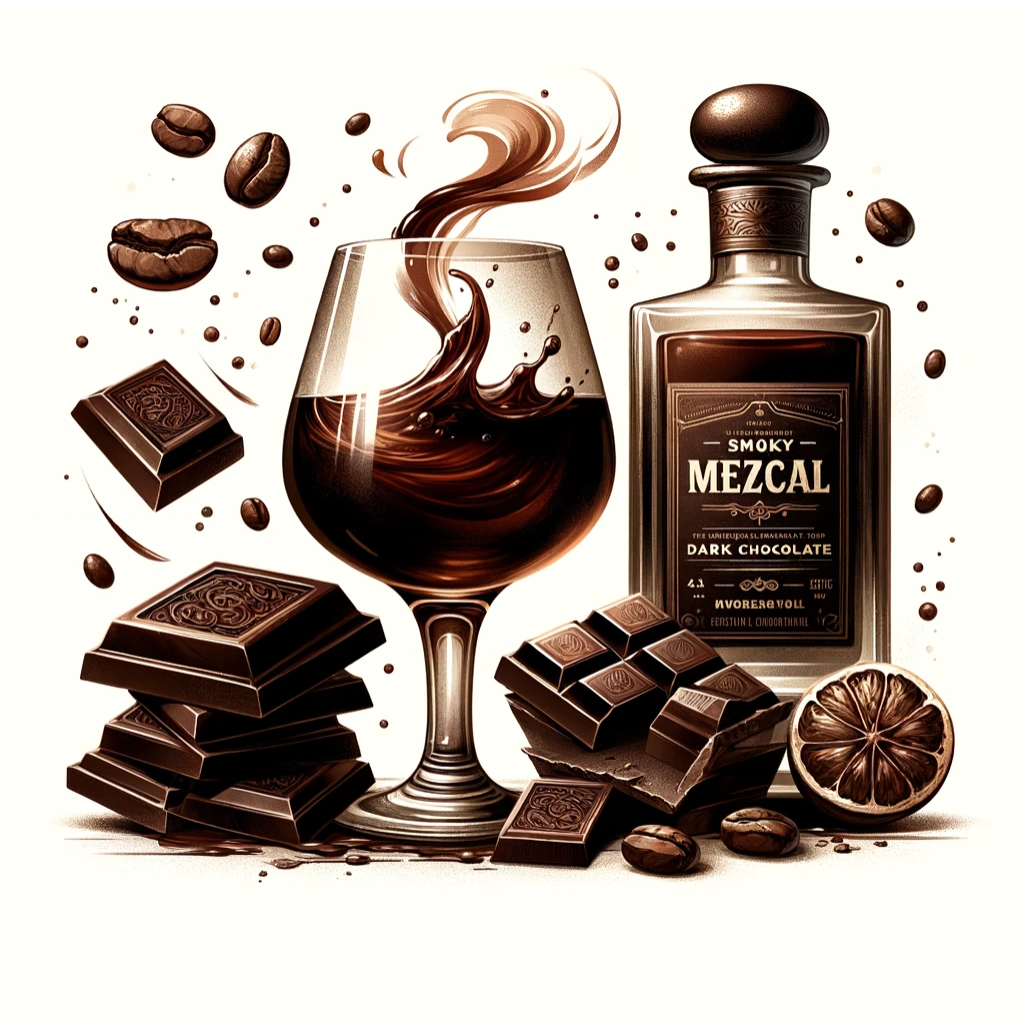 Oaxacan-style tlayudas: These oversized corn tortillas topped with refried beans, Oaxacan cheese, and various toppings create a satisfying, rustic meal to enjoy alongside mezcal.
Oaxacan-style tlayudas: These oversized corn tortillas topped with refried beans, Oaxacan cheese, and various toppings create a satisfying, rustic meal to enjoy alongside mezcal.- Chocolate: For a unique dessert pairing, try enjoying a rich, dark chocolate with a smoky mezcal that displays notes of chocolate and coffee in its flavor profile.
Proper Storage
Ensure you store your mezcal bottle upright in a cool, dry place away from direct sunlight, such as a liquor cabinet, to maintain its freshness. Once you open the bottle, tightly seal the cap so that no air can get into the bottle. Because that will spoil the taste.
Armed with these guidelines, you can confidently explore the world of mezcal and discover new ways to savor this intriguing spirit.
Mixing Mezcal Cocktails
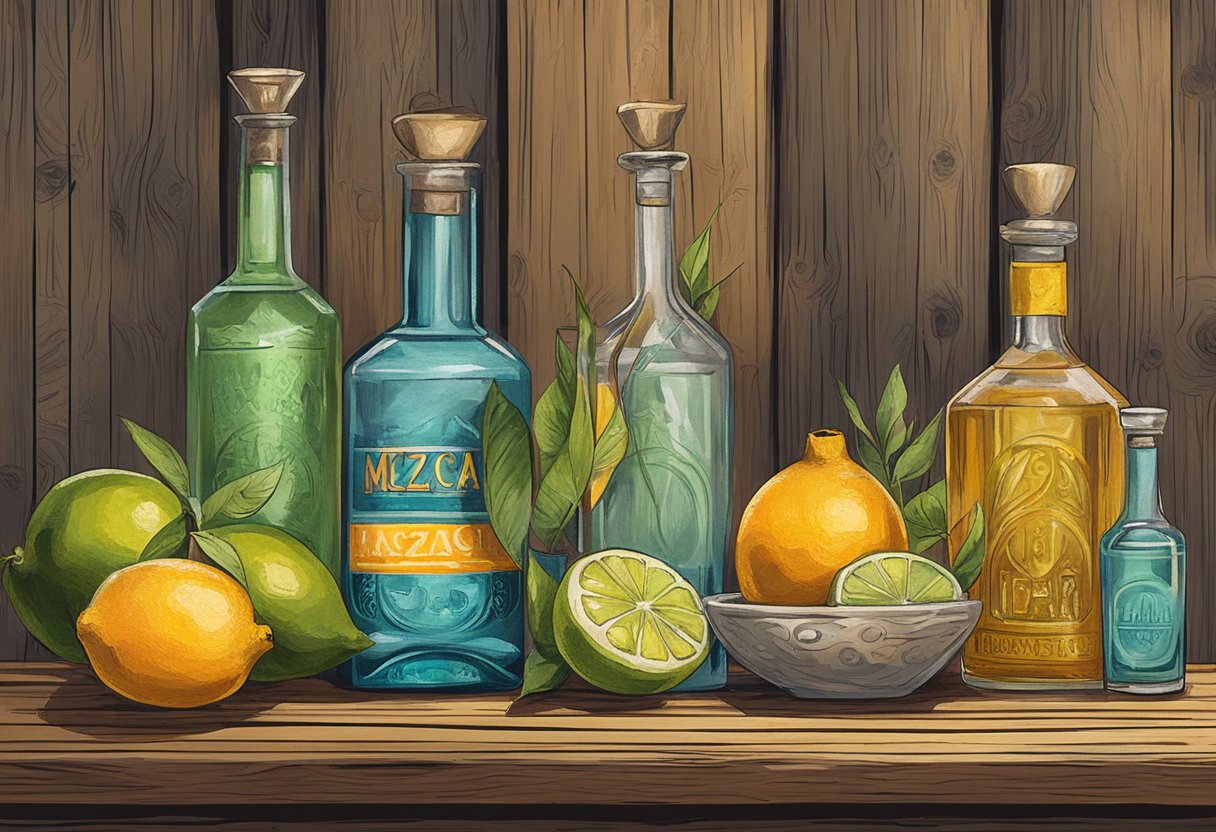
Mezcal is a versatile and intriguing spirit, perfect for a range of enticing cocktails. In this section, we’ll explore both classic and innovative mezcal-based drink recipes that offer unforgettable flavors.
Classic Mezcal Cocktails
The rich smoky taste of mezcal pairs well with many classic cocktails, adding a distinct twist to your favorite drinks. Here are a couple of popular mezcal variations to try:
-
The Mezcal Negroni
is a twist on the classic Negroni cocktail, substituting the traditional gin with mezcal. This substitution infuses the drink with a distinctive smoky flavor, making it a unique and intriguing variant of the original. Mezcal’s complex, earthy tones harmonize with Campari’s bitterness and sweet vermouth, crafting a cocktail that balances boldness and harmony.
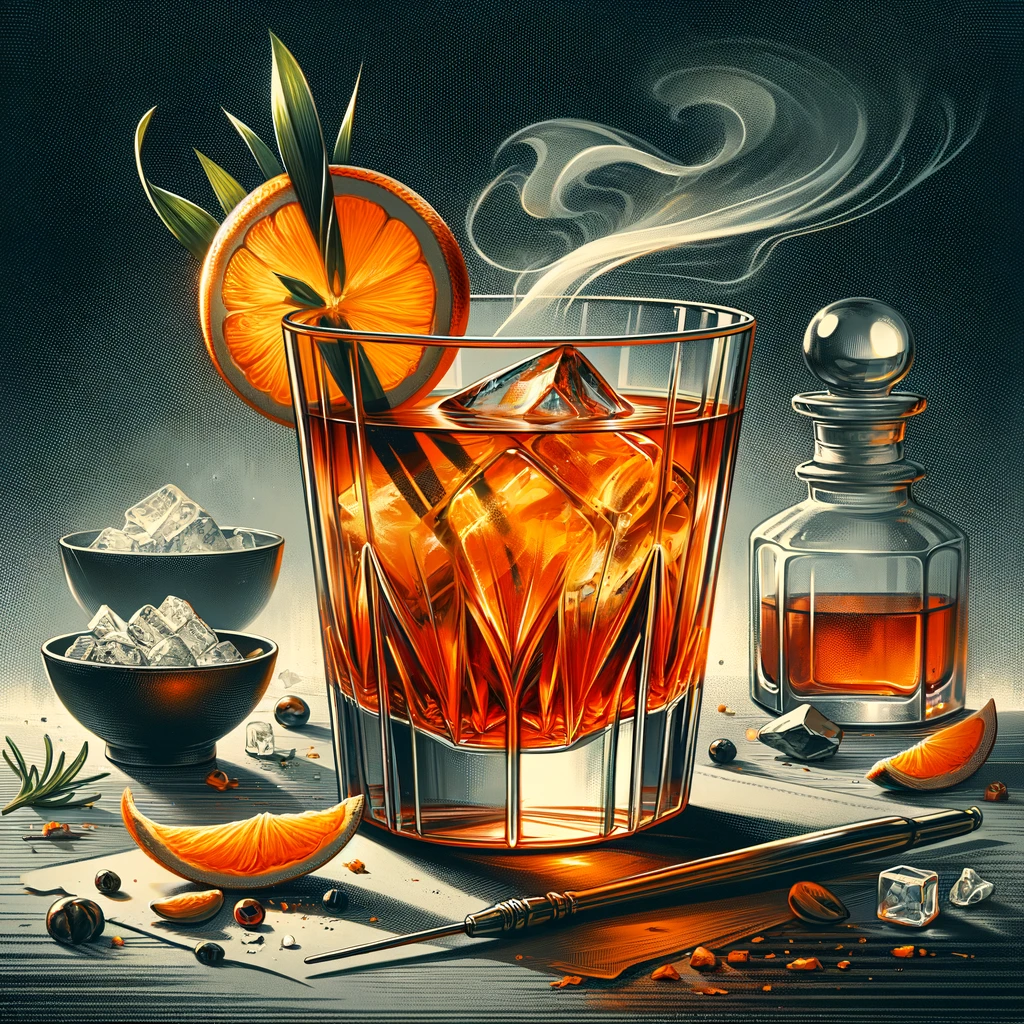
Ingredients:
- Mezcal: Brings a smoky depth to the cocktail.
- Campari: Contributes the signature bitter flavor.
- Sweet Vermouth: Adds a touch of sweetness and complexity.
- Orange Peel: Often used as garnish, it adds a citrusy aroma and flavor.
Preparation:
- Mix the Ingredients: Combine equal parts mezcal, Campari, and sweet vermouth in a mixing glass filled with ice.
- Stir: Gently stir the ingredients to chill and dilute the mixture slightly, enhancing its flavors.
- Strain: Strain the cocktail into a rocks glass over a large ice cube.
- Garnish: Twist a piece of orange peel over the drink to express its oils, then drop it in as garnish.
Variations and Tips:
- Adjust the Ratios: Some prefer adjusting the ratios to suit their taste, making the drink a bit more mezcal-forward or altering the bitterness and sweetness.
- Experiment with Mezcal: Different types of mezcal can change the cocktail’s profile significantly. Experimenting with various mezcals can help you find your perfect match.
- Chill the Glass: For an extra touch of elegance and to keep the drink colder longer, chill the rocks glass before serving.
The Mezcal Negroni is celebrated for its ability to balance the traditional Italian cocktail’s richness with the smoky nuances of Mexican mezcal. It’s perfect for those who appreciate the classic Negroni but are looking for something with a bit more edge and complexity.
-
Mezcal Jungle Bird:
The Mezcal Jungle Bird is a smoky twist on the classic Jungle Bird cocktail, originally created in the 1970s at the Kuala Lumpur Hilton. While known for its unique combination of dark rum, Campari, pineapple juice, lime juice, and simple syrup, the Mezcal Jungle Bird swaps out the rum for mezcal. This substitution introduces a complex, smoky flavor to the cocktail, adding an intriguing depth that complements the bitter, sweet, and fruity elements of the original recipe.
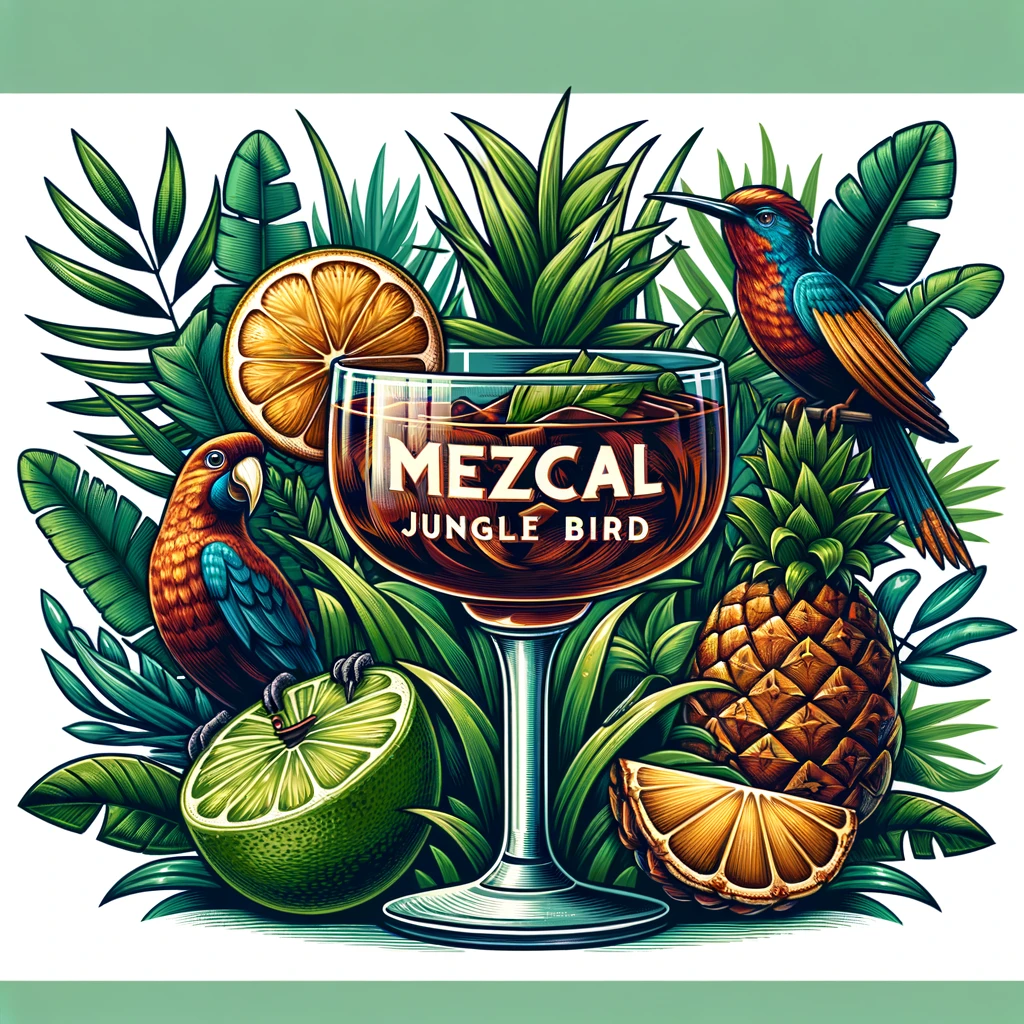
Ingredients:
- Mezcal: Adds a smoky base to the cocktail.
- Campari: Provides a distinctive bitter note.
- Pineapple Juice: Offers sweetness and a tropical flavor.
- Lime Juice: Adds freshness and acidity to balance the sweetness.
- Simple Syrup: Adjusts the sweetness to the desired level.
- Pineapple Leaf or Lime Wheel (for garnish): Enhances the presentation and adds a touch of tropical flair.
Preparation:
- Combine Ingredients: In a shaker, mix the mezcal, Campari, pineapple juice, lime juice, and simple syrup.
- Shake: Add ice to the shaker and shake vigorously until well-chilled.
- Strain: Strain the mixture into an ice-filled glass, typically a rocks or tiki glass for an authentic presentation.
- Garnish: Garnish with a pineapple leaf or a lime wheel to add visual appeal and a hint of aroma.
Tips and Variations:
- Adjust the Sweetness: Depending on your preference and the sweetness of your pineapple juice, you may want to adjust the amount of simple syrup.
- Experiment with Mezcal: Different types of mezcal can vary in smokiness and flavor profile. Experimenting with various mezcals can help tailor the cocktail to your taste.
- Fresh Ingredients: For the best flavor, use fresh lime juice and high-quality pineapple juice.
The Mezcal Jungle Bird is a modern twist on a classic, combining the traditional appeal of a tiki cocktail with the contemporary flair of mezcal. It’s perfect for those who enjoy a cocktail with a balance of smoky, bitter, sweet, and tangy flavors, making it a standout choice for any occasion.
Some bartenders suggest using mezcal espadín for mixing, as it offers a more consistent flavor profile compared to other types of mezcals.
Innovative Recipes
Adventurous palates can discover a world of unique and exciting mezcal cocktails. Here are a few inventive recipes to elevate your mezcal mixology skills:
Naked and Famous:
The Naked and Famous cocktail is a modern classic, known for its equal-parts composition and its vibrant, complex flavor profile. This cocktail is part of the family of drinks that follow the “equal parts” rule, making it relatively easy to remember and prepare, yet it offers a sophisticated and intriguing taste experience.
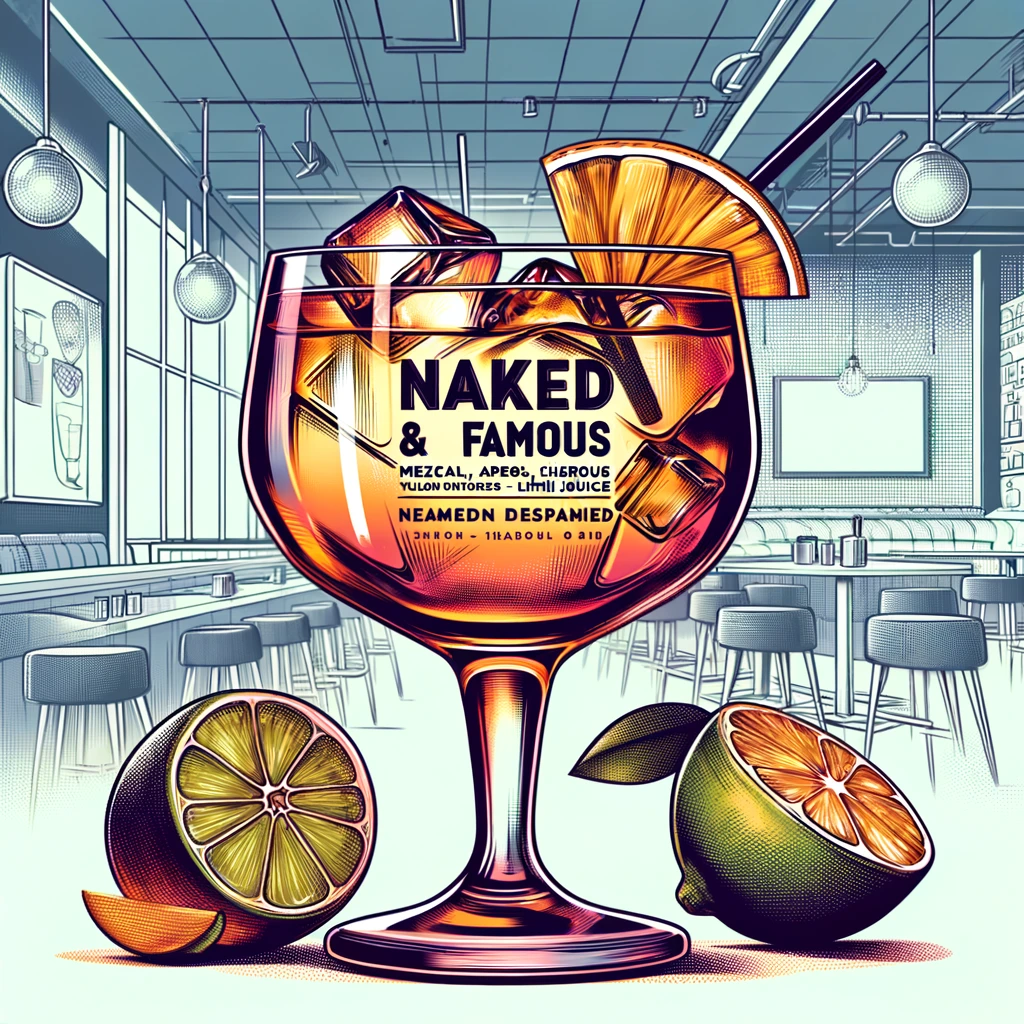
Ingredients:
- Mezcal: Provides a smoky base that is the foundation of the cocktail’s unique flavor.
- Aperol: Adds a bittersweet, citrusy note, contributing to the cocktail’s complexity and giving it its distinctive orange hue.
- Yellow Chartreuse: Brings herbal sweetness and contributes to the cocktail’s depth and aromatic qualities.
- Fresh Lime Juice: Adds a necessary acidity to balance the sweetness and enhances the overall freshness of the drink.
Preparation:
- Chill a Coupe Glass: Begin by chilling a coupe glass to ensure the cocktail is served cold.
- Combine the Ingredients: In a shaker, combine equal parts of mezcal, Aperol, Yellow Chartreuse, and fresh lime juice.
- Shake with Ice: Add ice to the shaker and shake vigorously until the mixture is well chilled.
- Strain and Serve: Strain the cocktail into the chilled coupe glass.
Serving Tips:
- No Garnish Required: The Naked and Famous cocktail typically does not require a garnish, as the focus is on the drink’s vibrant color and balanced flavor profile.
- Experiment with Mezcal: The choice of mezcal can influence the smokiness and overall flavor of the cocktail. Experimenting with different mezcals can personalize the drink to your taste preferences.
- Use Fresh Lime Juice: For the best taste, always use fresh lime juice rather than bottled.
The Naked and Famous cocktail celebrates its boldness and balance, marrying mezcal’s smoky notes with Yellow Chartreuse’s herbal sweetness and Aperol’s bittersweet complexity, all brightened by fresh lime juice. It’s a must-try for those who appreciate cocktails that offer a harmonious blend of flavors.
Mezcal and Hibiscus Cocktail Recipe:
Mezcal and Hibiscus infuses floral, tangy flavors of hibiscus with the smoky notes of mezcal. Hibiscus offers a delightful and visually stunning take on contemporary mezcal cocktails.
Ingredients: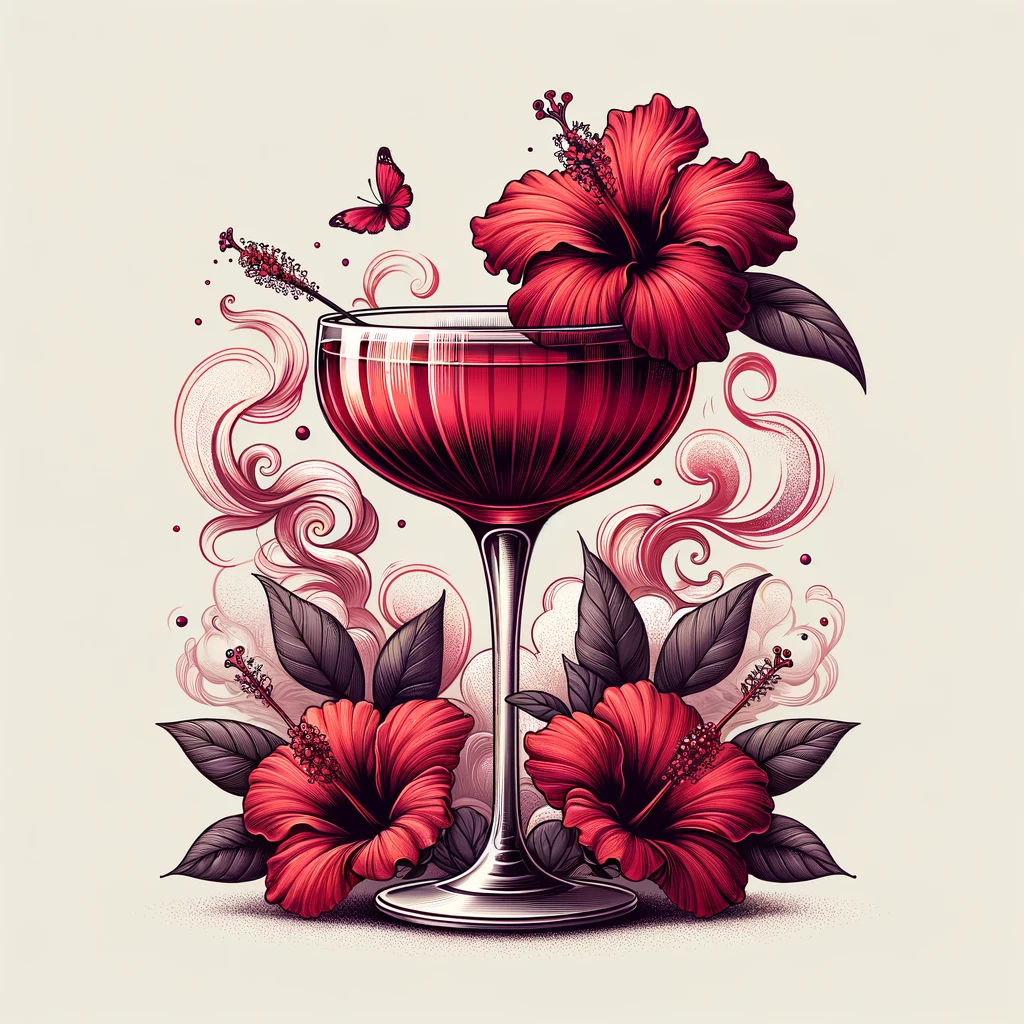
- 2 oz Mezcal: For the smoky base.
- 1 oz Hibiscus Syrup: For floral sweetness. You can make hibiscus syrup by steeping dried hibiscus flowers in hot water and then adding sugar to the strained liquid until dissolved.
- 0.75 oz Lime Juice: Adds freshness and acidity.
- 0.5 oz Aperol: For a hint of bitterness and complexity.
- Optional: A splash of Yellow Chartreuse for an herbal touch.
Preparation:
- Chill a Cocktail Glass: Begin by chilling your cocktail glass in the freezer.
- Shake the Ingredients: Combine the mezcal, hibiscus syrup, lime juice, Aperol (and Yellow Chartreuse if using) in a shaker with ice.
- Shake Well: Shake until the mixture is well chilled.
- Strain: Strain the cocktail into the chilled glass.
- Garnish: Garnish with a lime wheel or a dried hibiscus flower for an elegant presentation.
This drink is visually appealing and very delicious. It’s a refreshing, smoky, and slightly floral cocktail that’s perfect for those looking to explore the versatility of mezcal in mixed drinks.
With a little experimentation and creativity, you can enjoy the smoky, complex flavors of mezcal in a variety of delicious concoctions.
Responsible Consumption
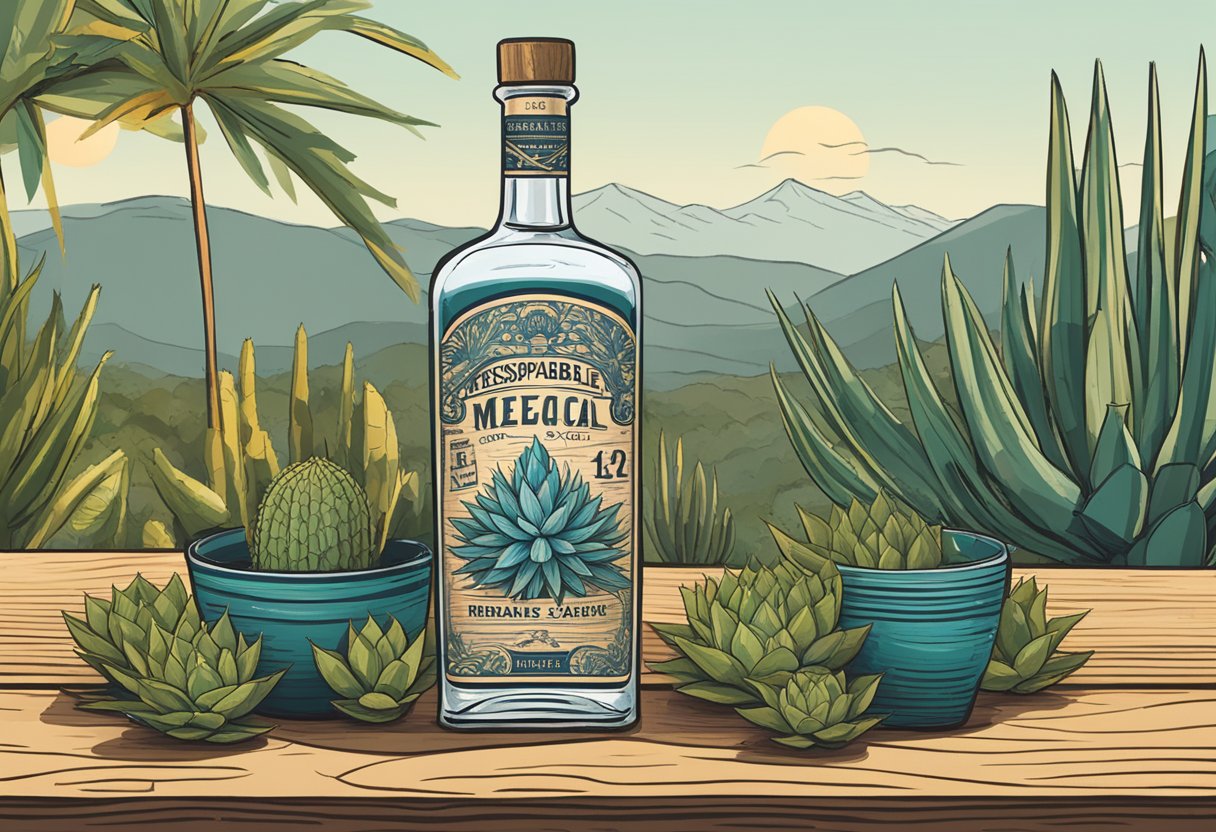
Understanding Alcohol Content
Enjoying Mezcal Responsibly
To ensure you enjoy mezcal in moderation, follow these guidelines:
- Know your limits: Be aware of your personal alcohol tolerance and stick to it. Keep track of how many ounces or shots you’ve consumed to avoid losing count.
- Pace yourself: Sip mezcal slowly, savoring its distinct flavors and aroma. Mezcal is often enjoyed neat or in well-crafted cocktails, unlike other spirits which can be consumed as shots. This encourages you to take your time and appreciate its unique characteristics.
- Stay hydrated: Mezcal can be dehydrating, so make sure you’re drinking water between sips to prevent this. A good rule of thumb is a glass of water for every alcoholic beverage consumed.
- Don’t drink on an empty stomach: Having a decent meal before or while drinking mezcal can help in absorbing the alcohol, reducing its effect on your system.
Remember, consuming mezcal responsibly not only helps you enjoy its unique flavors but also shows respect for the culture and traditions of the people who produce it.
Frequently Asked Questions
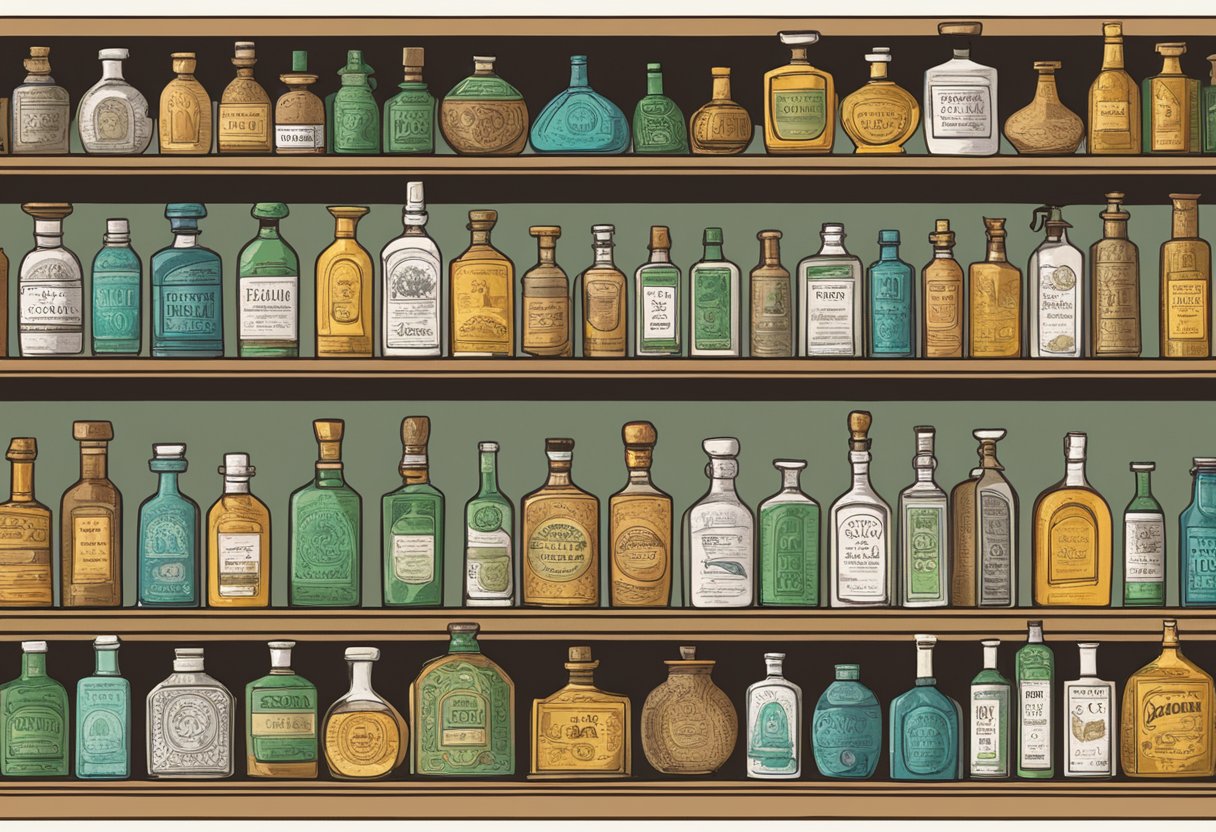
What distinguishes a premium mezcal suitable for sipping?
A premium mezcal suitable for sipping typically has a well-balanced flavor profile, smooth texture, and high-quality ingredients. Artisanal production methods often craft it, including roasting the agave in underground pits and employing natural fermentation. Look for mezcals with diverse flavors and aroma profiles, like Código 1530 Ancestral Joven.
Which mezcal offers the best value for its price?
The best value for its price in a mezcal depends on personal preferences, but some brands offer great quality at affordable prices. Consider trying Campante Joven for a well-rounded option.
What are the characteristics of a mezcal that pairs well with cocktails?
A mezcal that pairs well with cocktails typically has a versatile flavor profile, mid-range smokiness, and a reasonable price point. Look for smoothness and balance, allowing the mezcal to blend seamlessly with other cocktail ingredients.
Which mezcal brand is considered superior for creating a classic margarita?
Choosing a mezcal for a classic margarita is subjective but try experimenting with different brands to find the one that suits your taste. Some mezcals, such as Del Maguey Vida, are popular choices for their balanced flavor and approachable price.
How does the flavor profile of mezcal compare to that of tequila?
Keep in mind that, technically, tequila is a type of mezcal. Mezcal and tequila are both agave spirits, but their flavor profiles differ. Mezcal is often smokier and more complex due to its production method, involving underground pit roasting. Tequila typically boasts a lighter and simpler flavor, crafted exclusively from blue agave.
What are the traits of a mezcal that contribute to a pronounced smoky taste?
A pronounced smoky taste in mezcal comes from the production process, specifically the underground roasting of agave hearts in earth pits. The wood and charcoal used during this process impart smoky flavors to the final product. To find a mezcal with a more pronounced smoky taste, look for those made using traditional, artisanal methods and pay attention to reviews mentioning smoke intensity.
Don Julio Tequila Price and Prestige. Sip in Style
When exploring the world of tequila, you might come across a premium brand-named Don Julio. Founded by Don Julio González-Frausto Estrada in 1942, this exceptional tequila brand offers a variety of types, including Añejo, reposado, and Blanco, that cater to different tastes and preferences. As a connoisseur or a casual drinker, getting familiar with the price range of Don Julio tequila can contribute to your overall appreciation of this refined spirit.

Like always, you’ll find that the prices of Don Julio tequila may vary depending on factors such as size, type, retailer is a big factor, and quality. As you delve deeper into the fascinating range of Don Julio tequilas, remember to consider the factors that influence pricing. This knowledge will enrich your experience and allow you to choose the best options to suit your taste and budget.
History of Don Julio Tequila
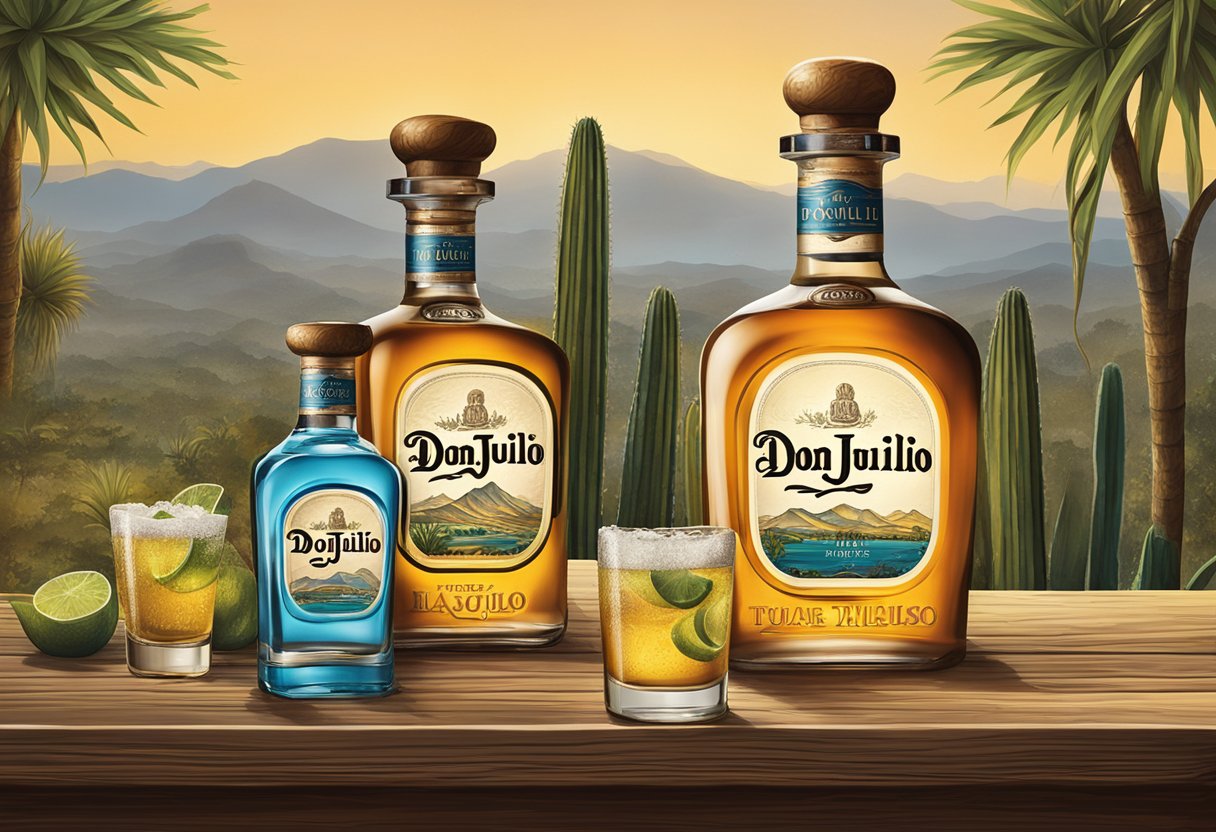
The Origin
Don Julio Tequila was founded by Don Julio González-Frausto Estrada, born on January 7, 1925, in Atotonilco, Jalisco. At a young age, he started working at his uncle José’s tequila distillery, learning the meaning of responsibility early on. He began his own journey in producing tequila at the age of just 15 after his father passed away, and he was thrust into the role of making mezcal and selling tequila.
Brand Evolution
- 1942: Inauguration of Don Julio Tequila
- 1950s: Introduction of the first Premium Tequilas
- 1980s: Expansion to international markets
- 2000s: Consistent growth of the brand to global best-seller status
Since its inauguration in 1942, Don Julio Tequila has grown to be an authentic representation of Mexican tequila and has established itself as a global best-seller. There are multiple variants of Don Julio, from the base Blanco to the ultra-premium Real.
When it comes to enjoying Don Julio Tequila, most prefer to consume it neat at room temperature. The flavor profile of this tequila includes agave and vanilla at the start, followed by hints of wood, smoke, and cinnamon, making for a smooth and silky experience.
Throughout its history, Don Julio has evolved as a premium tequila brand. Its flagship product, Don Julio 1942, continues to dominate the highest price points of tequila and is regarded as one of the best in the market.
Types of Don Julio Tequila

Don Julio Blanco
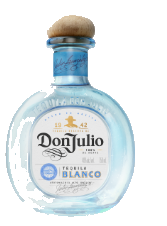
Don Julio Blanco is the base expression of Don Julio Tequila. The first of Don Julio Tequila’s. Distilled from 100% pure blue agave, it offers a clean and crisp taste that is perfect for mixing in cocktails or sipping straight. You can expect to pay around $53 for a 750ml bottle. The taste of this tequila features prominent agave flavors with hints of citrus and a smooth, clean finish. In addition to the 750ml bottle, there is:
- 50ml: $5.99,
- 375ml: $24.99 and
- 1.75 Liter: $114.99.
Don Julio Reposado
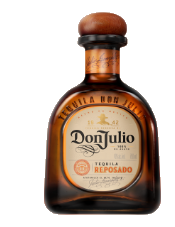
Don Julio Reposado is aged for 8 months in American white oak barrels, giving it a more complex flavor than Blanco. It has a golden color and smooth taste with notes of oak, vanilla, caramel and cinnamon. A 750ml bottle of Don Julio Reposado typically costs around $44. This tequila is versatile and can be enjoyed neat, on the rocks, or in a variety of cocktails. You’ll find additional bottle sizes such as:
- 50ml: $8.99
- 375ml: $33.99
- 1.75 Liter: $126.99
Don Julio Añejo
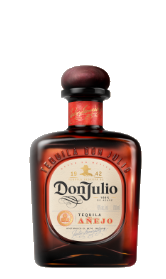
If you’re seeking a richer experience, Don Julio Añejo is aged for 18 months in American white oak barrels, which imparts a darker color and deeper flavors. It boasts a smooth and full-bodied taste with hints of chocolate, dried fruit, toasted oak and wild honey. A 750ml bottle of Don Julio Añejo is priced at around. $55 Due to its complexity and richness, this tequila is best enjoyed neat or with a single ice cube. Additional bottle sizes:
- 50ml: $11.99
- 375ml: $37.77
- 1.75 Liter: $128.99
Don Julio 70 Cristalino
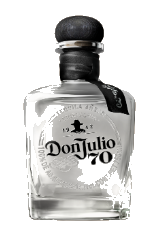
A distinctive clear Añejo that undergoes 18 months of aging before being filtered to eliminate its color; it offers a smooth and harmonious blend of vanilla, honey, and toasted oak flavors. This tequila embodies the apex of seventy years of expertise, craftsmanship, and pioneering, merging the crispness of Blanco tequila with the depth of Añejo tequila for a truly unparalleled tequila journey. A 750ml bottle can cost starting around $63.99 and up to $105.64.
Don Julio Reposado Private Cask Tequila
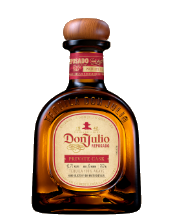
The flavor profiles of tequilas from the Private Casks have a sophisticated blend of the natural flavors of the agave, enriched with notes from the cask such as vanilla, caramel, chocolate, and spices, alongside more nuanced characteristics like dried fruits and floral notes. Each cask is individually chosen for its characteristics. The tequila used in a barrel can range from reposado to Anejo and the tequila that comes out of the barrel will be different and limited from the next. Because each barrel will pass on its unique nuances to the tequila being aged in it. From the wood type of the cask, its previous contents, and the conditions under which it aged. A 750ml bottle can cost around $74.99. Prices and availability will vary, so, it is best look for the most current information directly from Don Julio or authorized dealers.
Don Julio Alma Miel

This tequila is a treat, Don Julio merges Blanco tequila distilled with oven-roasted agave honey and Añejo tequila aged for at least 14 months, finished in Crémant du Limoux barrels. The former contents was sparkling wine from the Limoux region of France. It’s not Champagne, Limoux is an outside region of the Champagne region. But it’s produced in a similar way as well as follow strict regulations regarding production and quality. What you get is hints of sweet agave honey, a bit of spiced orchard fruit, creamy caramel, and that rich, roasted agave, exceptionally smooth. Take this tequila neat garnishing with an orange rind to enhance the flavor. A 750 ml bottle costs around $99.99. It’s a blend of craftsmanship and the legacy of Don Julio González.
Don Julio Primavera Tequila
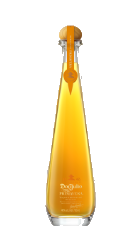
A special edition reposado tequila that is crafted from 100% Blue Weber Agave and is matured for 8 months in American white oak barrels. The finishing process is distinctive, the tequila finishes off in European casks that previously held wine infused with macerated orange peel. This process lends the tequila a sophisticated and silky taste of honey and citrus with hints of spice. Alongside notes of vanilla, caramel, and milk chocolate. It is suggested to be enjoyed on the rocks with an orange wheel or in cocktails that complement its citrus profile. A 750ml bottle can range from $89.99 to $151.99.
Don Julio Rosado
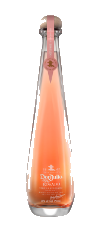
This tequila is a unique addition to the Don Julio lineup. It has a delicate pink hue appearance. Passed along from its finishing process. Maturing for 4 months in Ruby Port wine casks from the Douro wine region of Northern Portugal.
Crafted from 100% Blue Weber Agave it has a smooth profile. The notes are sweet of Caramel and dried red fruit. The aroma is of peppery agave with touches of lime and lemons. The taste is of light berry sweetness. Agave is the primary flavor. With nuances of nougat, candied nuts, and a subtle strawberry and cream will present itself, just give it a little time. The finish has a hint of caramel.
You will find a 750ml bottle will range from $109.99 to $129.99. It can be a versatile base for cocktails, with a nice twist on traditional tequila-based drinks. Although, for the best expression of the flavors enjoy it on the rocks.
Don Julio 1942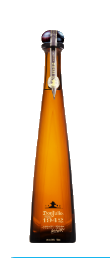
For the true tequila connoisseur, Don Julio 1942 is a must-try. This ultra-premium tequila is aged for a minimum of 2.5 years, resulting with a smooth character, notes of tropical fruit, caramel, vanilla and roasted agave. It is named after the year Don Julio González began producing tequila. A 750ml bottle of Don Julio 1942 comes at a higher price point, $143.99. Given its exceptional quality, it is recommended to savor this tequila neat, at room temperature, to fully appreciate its complexity and depth.
Additional size:
1.75 Liter: $279.99
Don Julio Ultima Reserva Tequila
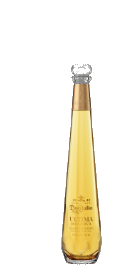
This tequila is extra special, the price reflects its premium quality and unique production process. Only 4,000 cases are released every year. The tequila experience will be magnificent and like no other. Using aged Extra Anejo Tequila, it’s taken through a unique aging process that uses the Solera System.
This process is complex, but there is a method to the madness. It is designed to blend and age liquids of different ages to achieve consistency. This process is originally from Spain used for aging some types of whiskies, brandy, rum, wine and sherry. The tequila is aged for 36 months in oak barrels that were used for bourbon. The tequila is finished in Madeira wine-seasoned casks.
The flavor profile is as complex as the aging process. Notes of caramel, orange, toasted oak and apricot, completing in a smooth finish of honeyed agave. This tequila is meant for special occasions to be enjoyed neat or on the rocks, so that you can experience the craftmanship in full flavor. A 750ml bottle can range from $399 to $499.
Understanding Tequila Labels
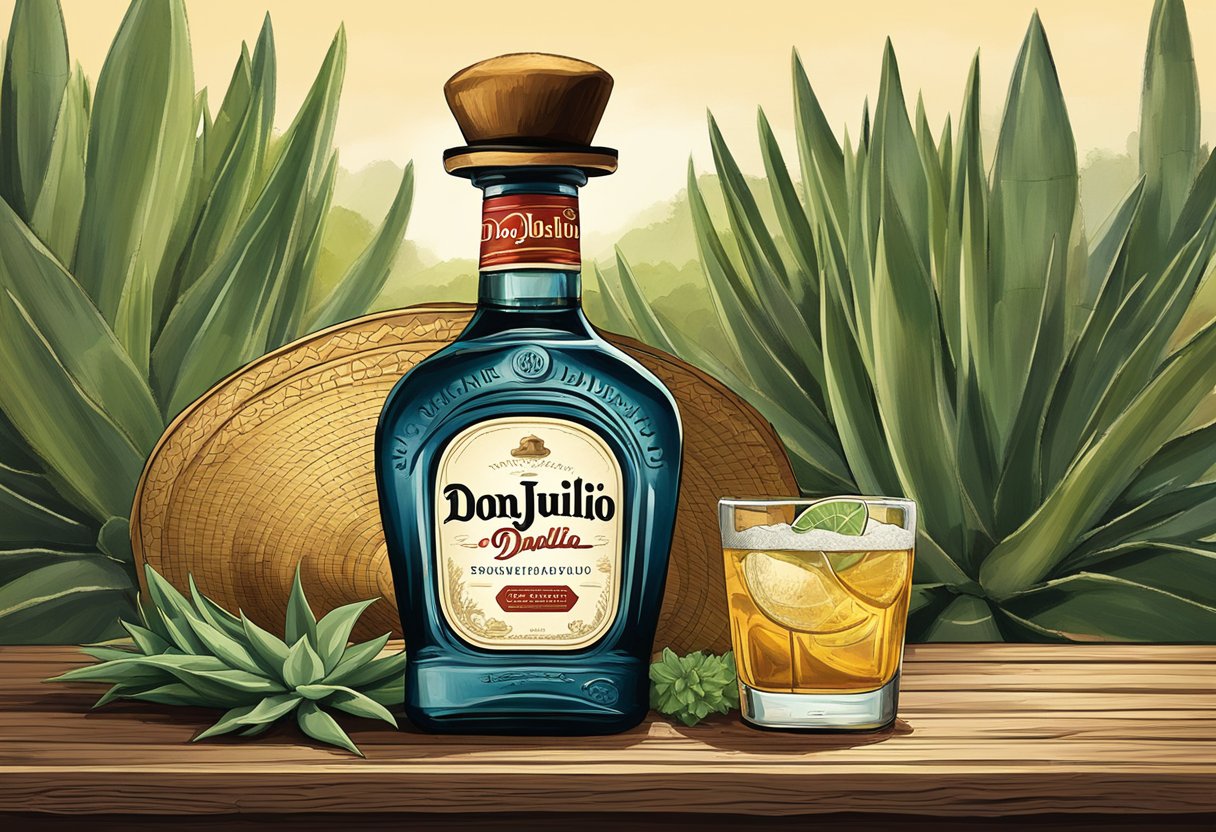
When it comes to purchasing tequila, understanding the label can be quite helpful. In this section, we’ll cover the age classifications and authenticity markings you should be aware of, especially if you’re interested in tequila like Don Julio.
Age Classifications
Tequila can be categorized into various age classifications which affect the flavor profile and, in turn, the price. Knowing these classifications will assist you in selecting the perfect tequila for your preferences.
- Blanco: Unaged or aged less than two months, Blanco tequila is clear and provides a more pure agave flavor.
- Reposado: Aged between two months and one year in oak barrels, Reposado tequila has a smoother taste compared to Blanco.
- Añejo: Aged for one to three years, Añejo tequila attains a richer and more complex flavor.
- Extra Añejo: Aged for over three years, Extra Añejo tequila reaches the highest level of maturity, resulting in a dark color and sophisticated taste.
Authenticity Markings
It is crucial to examine the authenticity markings on the label when purchasing tequila.
- 100% Agave: A label indicating 100% agave means that the tequila is made purely from the blue agave plant, without any additional sugars or additives. This distinction is important, as mixto tequilas do not offer the same quality or taste. Don Julio’s high-quality reputation has been partly due to its being a 100% agave tequila.
- NOM (Norma Oficial Mexicana): A unique four-digit number on the label indicates that the tequila has been produced in accordance with Mexican regulations. This ensures the tequila’s authenticity and origin. Don Julio’s NOM number is 1449.
- CRT (Consejo Regulador del Tequila): A certification from the Tequila Regulatory Council guarantees that the tequila has passed quality inspections and adheres to the legal production standards.
By understanding age classifications and authenticity markings on tequila labels, you can make informed decisions when purchasing tequila, ensuring you pick a product that aligns with your tastes and quality expectations, such as Don Julio.
Factors Influencing Don Julio Price
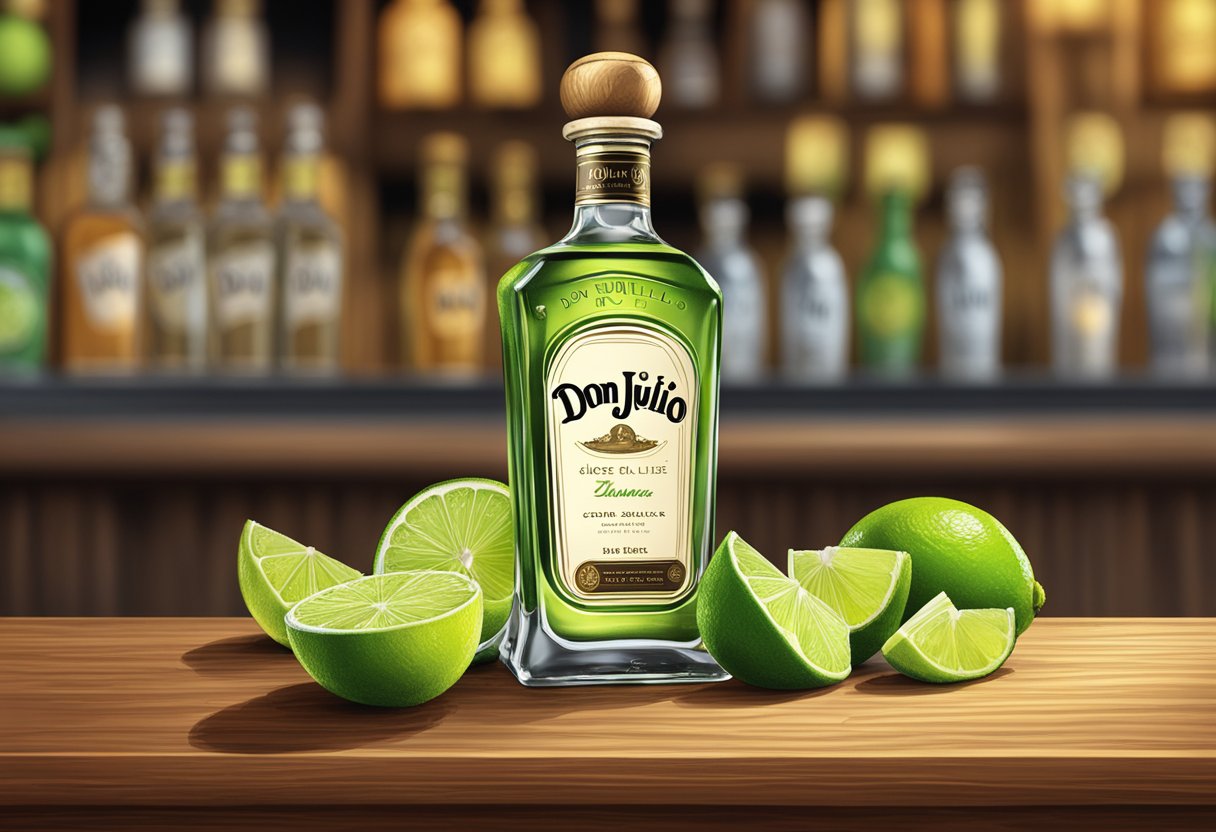
Production Costs
One of the factors that influence the price of Don Julio tequila is the production costs. High-quality ingredients, such as 100% blue agave used in the tequila-making process, and the traditional crafting methods contribute to the overall cost. Additionally, employing skilled artisans and maintaining sustainable practices impact the final price you see on the shelf.
Aging Process
Another significant aspect affecting Don Julio’s price is the aging process. As you explore different types of Don Julio tequila, you will notice a variation in prices. This is due to the aging duration. For instance:
- Don Julio Blanco: Unaged, typically the most affordable option.
- Don Julio Reposado: Aged for at least two months, mid-range price.
- Don Julio Añejo: Aged for a minimum of one-year, higher price.
- Don Julio 1942: Aged for over two years, considered a luxury, with a price range of $120 to $200.
Longer aging periods enhance the tequila’s flavor and complexity, but they also increase the production time and barrel storage costs, adding to the final price.
Bottle Design
Lastly, the bottle design plays a role in determining the price of Don Julio tequila. Each bottle is carefully crafted to reflect the brand’s commitment to quality and excellence. Some limited edition releases or unique packaging options can command prices exceeding $100, as seen in Don Julio Anejo. The handcrafted and attractive design of the bottles adds an extra layer of prestige, making them more desirable and contributing to the final price of the product.
How to Identify Authentic Don Julio Tequila
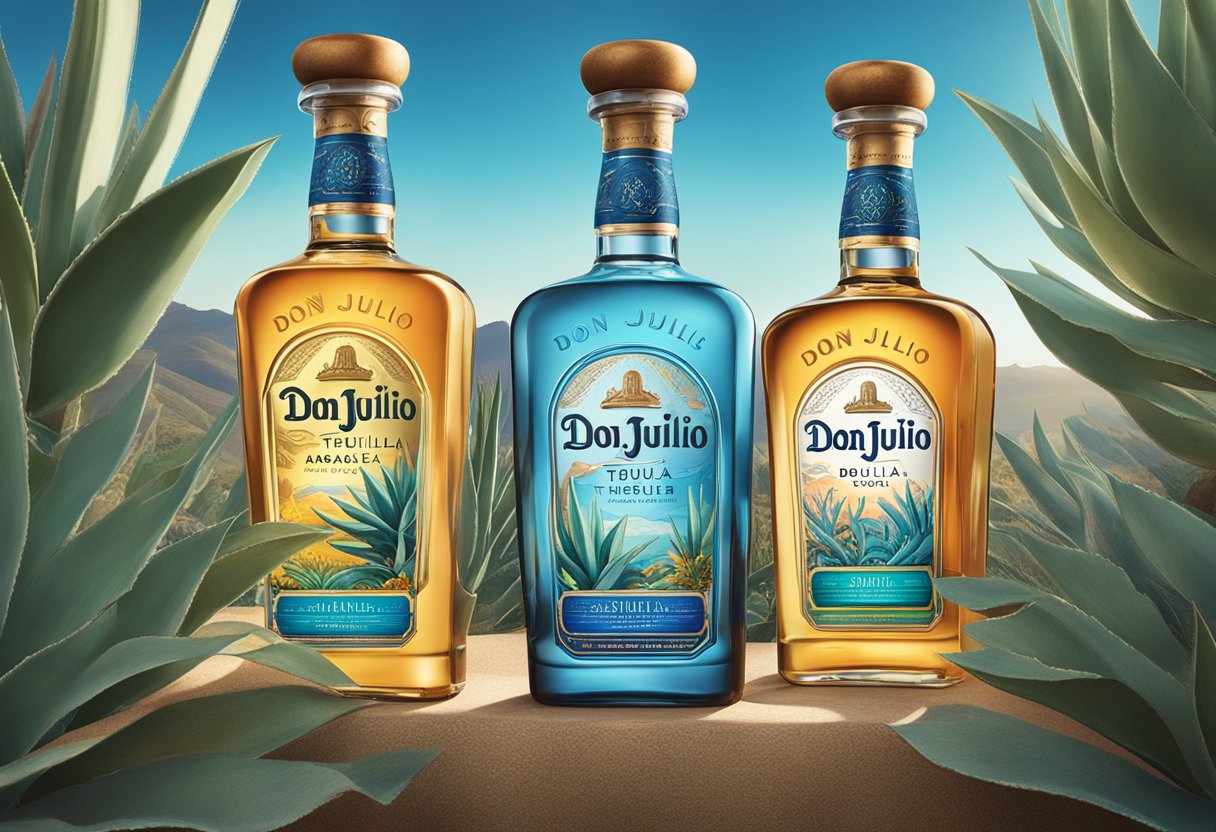
When searching for a bottle of Don Julio tequila, it’s essential to ensure you are purchasing an authentic product. To help you with this, here are some tips on what to look for when buying genuine Don Julio tequila.
Examine the packaging: Authentic Don Julio tequila comes in a distinct, beautifully designed bottle. The brand name, Don Julio, should be clearly visible and embossed on the glass. Additionally, check for the tequila type (Blanco, Reposado, Añejo, or Extra Añejo) and the bottle size, which should be in milliliters. Genuine bottles will also have a label with all necessary information, such as alcohol percentage and bottle number.
Inspect the color and clarity: The color of Don Julio tequila can vary depending on its aging process, but it should always be clear and free from any cloudiness or debris. Blanco will be transparent, while Reposado and Añejo will have a golden hue, and Extra Añejo will have a deeper amber color.
Check the seal: All Don Julio tequila bottles should have a secure, untampered seal. The cap should be tightly sealed, and there should be no signs of leakage or tampering.
Look for the NOM (Norma Oficial Mexicana) number: Authentic Don Julio tequila will have a NOM number on its label, indicating it has been produced in compliance with the Mexican government’s regulations for tequila production. For Don Julio, this number should be 1449.
Price: As a premium tequila, Don Julio tends to be on the pricier side. A 750ml bottle’s price can range from $53.99 to $549.99, depending on the specific expression. Extremely low prices may be a red flag for counterfeit or low-quality products.
By following these guidelines, you can confidently identify and enjoy authentic Don Julio tequila.
Price Range of Don Julio Tequila
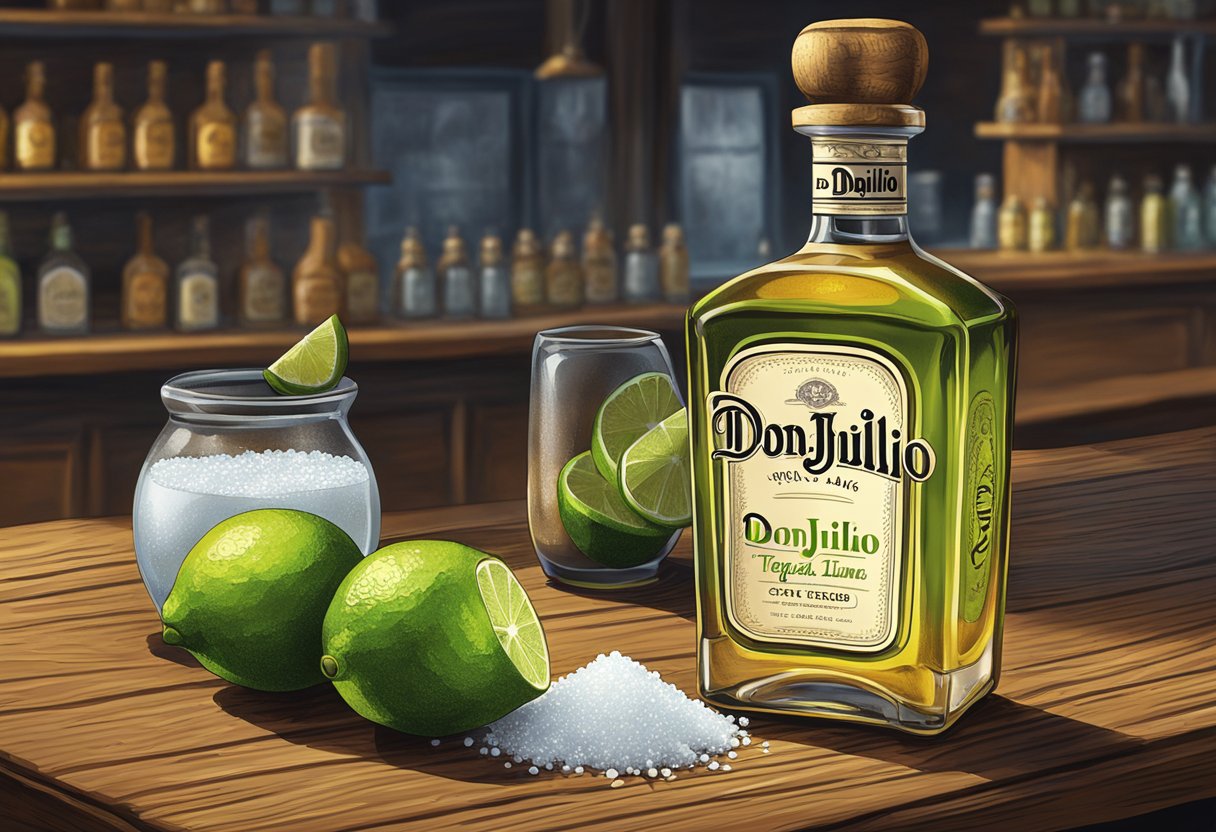
Standard Varieties
As a lover of fine spirits, you’re probably curious about the cost of Don Julio Tequila. The standard varieties of Don Julio Tequila are available at different price points depending upon the specific product you choose. For instance, the 750 ml premium tequila variants fall in the range of $40-$120.
- Don Julio Blanco is the most affordable variety and generally priced around $41.99-$45.99. With it’s crisp and 100% agave flavor, it offers a delightful experience for tequila enthusiasts.
- The higher-end Don Julio 1942 Tequila carries a heftier price tag, costing around $104.99-$119.99. The premium taste and smooth finish justify the investment for those who cherish superior quality.
Limited Editions
Limited edition Don Julio Tequilas like the Don Julio Real Tequila are priced relatively higher, reflecting their exclusivity and rarity. As an avid tequila connoisseur, you may be keen to explore these luxurious options in your pursuit of the perfect tequila experience.
For instance, the Don Julio Real Tequila currently retails around $500 per bottle to cater to the more discerning tequila enthusiasts. Its exquisite taste and handcrafted quality set them apart and make them highly sought after by collectors and aficionados alike.
Keep in mind that these prices may vary depending on where you purchase your bottle of Don Julio, whether it’s from a store or an online platform. By staying informed about the price range of Don Julio Tequila, you can make better choices to suit your taste and budget and indulge yourself in the finest tequila Mexico has to offer.
Where to Buy Don Julio Tequila
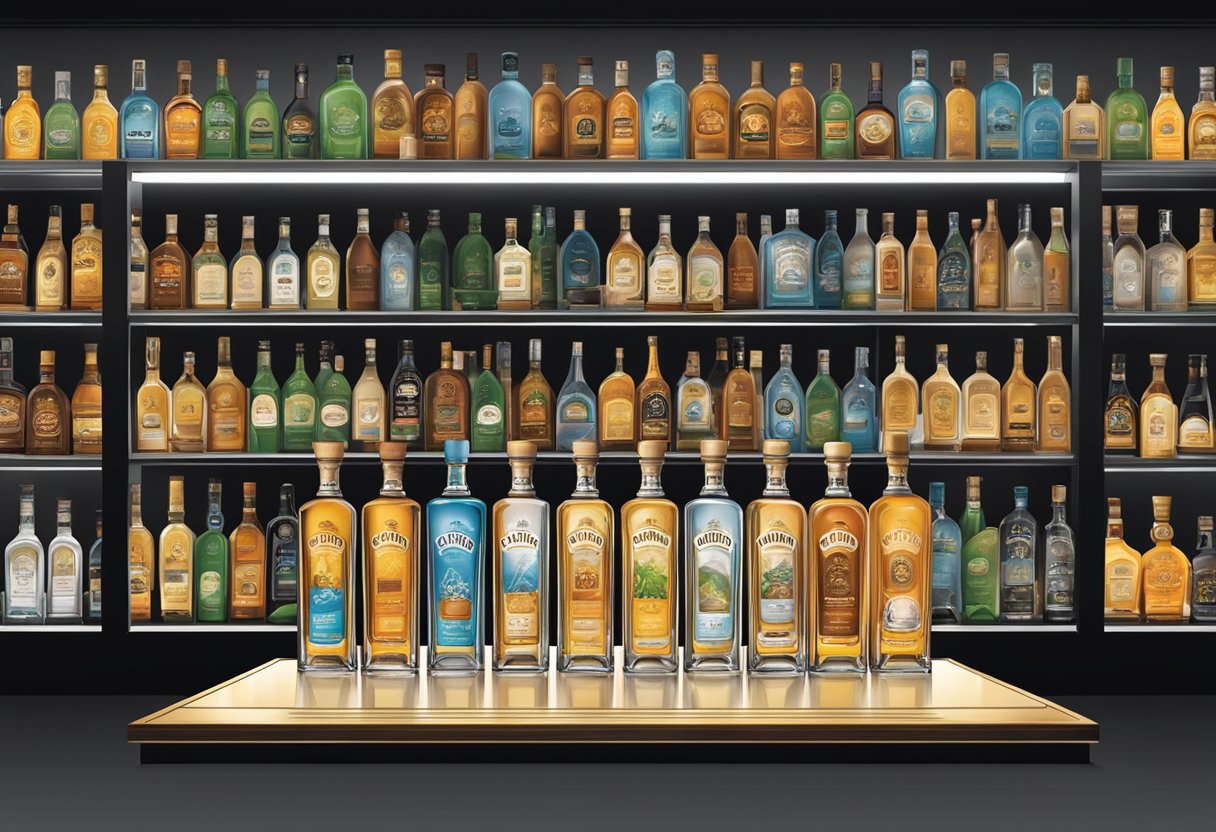
Retail Outlets
When searching for Don Julio Tequila, you can find it at various retail outlets such as liquor stores or supermarkets with a liquor section. Depending on your location, prices may vary for different types of Don Julio Tequila. The following is a brief breakdown of the average prices you may find:
- Don Julio Blanco: $43.99
- Don Julio Reposado: $44.99
- Don Julio Anejo: $55.99
Online Stores
If you prefer shopping online, there are several websites that offer Don Julio Tequila for purchase. Two popular options include purchasing from Total Wine & More or on Drizly. Prices on these websites can range from $28.59 to $5999.00 depending on the type of tequila and the size of the bottle.
Another option is visiting the Don Julio official website where you can find a list of online delivery services available for your area. Simply enter your address or zip code to find the best option for you.
When purchasing Don Julio Tequila online, be aware of shipping and handling costs, as well as delivery times. It’s always a good idea to compare prices between different online retailers to ensure you’re getting the best deal for your favorite Don Julio Tequila.
Serving and Enjoying Don Julio Tequila

Proper Glassware
When it comes to enjoying Don Julio Tequila, choosing the right glassware can enhance your tasting experience. There are specific glasses that should be used for different types of tequila, such as a Riedel tequila glass or the classic tequila shots. For Don Julio tequila, here are some recommendations:
- Blanco & Reposado: You should use a Riedel tequila glass, which enhances the aroma and taste, making it perfect for sipping.
- Añejo & 1942: A Glencairn whiskey glass is an excellent choice for sipping Añejo tequilas like Don Julio Añejo or the ultra-premium Don Julio 1942 due to its shape that enhances the aroma and flavors.
Cocktail Recipes
Don Julio tequila is also great for mixing in cocktails. Here are a couple of cocktail recipes that feature Don Julio tequila:
- Don Julio Paloma
- Ingredients:
- 1 ½ oz Don Julio Blanco
- 4 oz grapefruit soda
- ½ oz lime juice
- Pinch of salt
- Lime wheel or grapefruit slice (garnish)
- Method:
- Fill a glass with ice.
- Add Don Julio Blanco, lime juice, and a pinch of salt.
- Top off the glass with grapefruit soda.
- Stir gently and garnish with a lime wheel or grapefruit slice.
- Don Julio Margarita
- Ingredients:
- 2 oz Don Julio Blanco
- 1 oz fresh lime juice
- ½ oz agave nectar
- Ice
- Lime wedge and salt (garnish)
- Method:
- Combine Don Julio Blanco, lime juice, and agave nectar in a shaker filled with ice.
- Shake well and strain into a salt-rimmed glass filled with fresh ice.
- Garnish with a lime wedge.
Whether sipping neat, on the rocks, or mixing in cocktails, you’ll enjoy the refined taste of Don Julio tequila. Be sure to use the proper glassware and experiment with different cocktail recipes to find your favorite way to enjoy this premium tequila.
Frequently Asked Questions
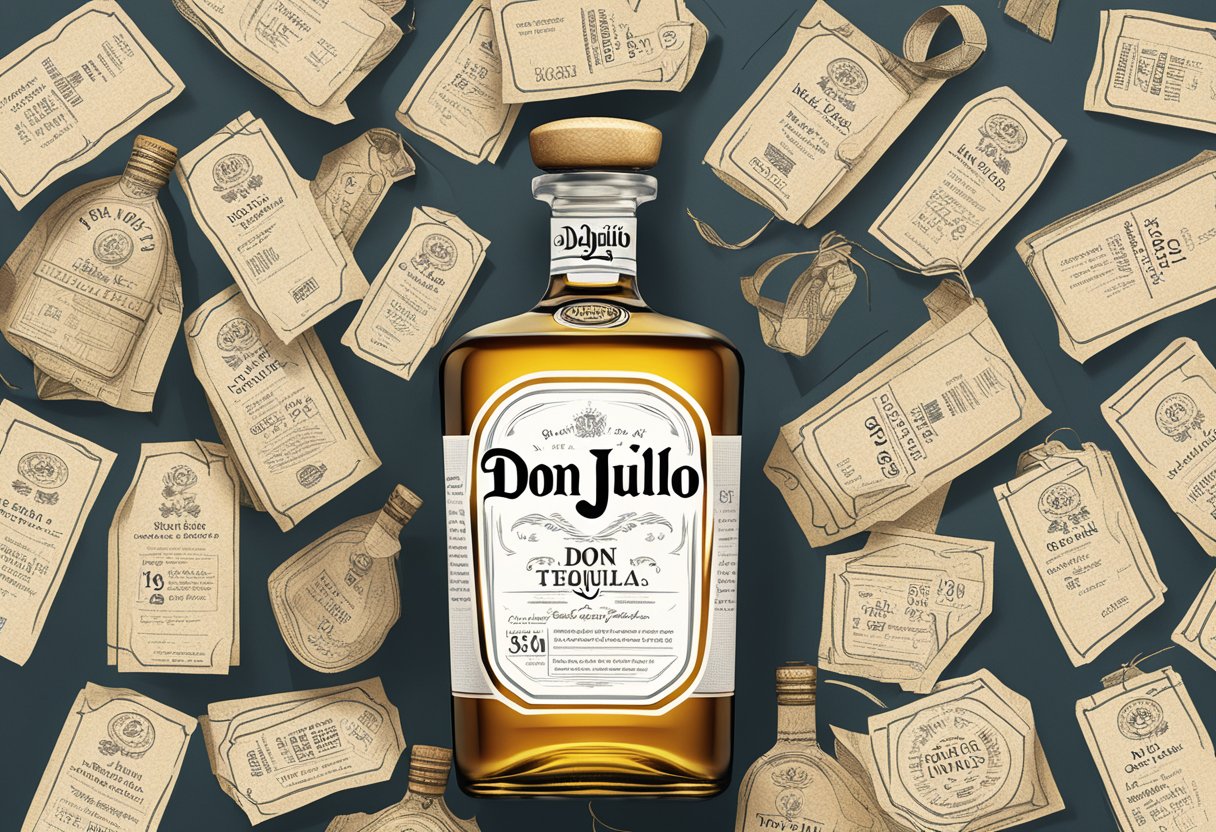
What is the cost range for Don Julio tequila in the United States?
The cost range for Don Julio tequila in the United States varies between $40 and $120 for a 750ml bottle, depending on the specific expression. For example, Don Julio Blanco is priced at around $43.99, while the higher-end Don Julio 1942 Tequila can reach up to $149.99.
How does the price of Don Julio 1942 compare to regular Don Julio expressions?
Don Julio 1942 is the flagship tequila and is typically more expensive than regular Don Julio expressions. For instance, while Don Julio Blanco costs around $43.99 the price of Don Julio 1942 can cost up to $149.99, making it a more premium and exclusive option.
What are the expected prices for different sizes of Don Julio tequila, including 750ml and 375ml?
The prices for different sizes of Don Julio tequila differ based on the bottle size and expression. Generally, a 750ml bottle of Don Julio Blanco is around $43.99, while a 375ml bottle costs about half the price. Higher-end expressions like Don Julio 1942 cost approximately $149.99 for a 750ml bottle.
What is the price difference between Don Julio Blanco and Don Julio Reposado?
There is usually a modest price difference between Don Julio Blanco and Don Julio Reposado. A 750ml bottle of Don Julio Blanco can be found for $43.99, whereas Don Julio Reposado costs slightly more, typically ranging from $44.99.
Can you expect to pay more for a bottle of Don Julio than Patron?
It’s possible, as the price of a bottle of Don Julio tequila depends on the specific expression. Higher-end Don Julio expressions, like the 1942 Tequila, can be more expensive than some Patron bottles. However, entry-level Don Julio products, such as Blanco and Reposado, may have prices comparable to or lower than certain Patron offerings.
What factors contribute to the premium price of Don Julio 1942?
Several factors contribute to the premium price of Don Julio 1942. These include the aging process and exceptional craftsmanship. Don Julio 1942 is aged for a minimum of two and a half years in American white oak barrels, leading to a more complex and smoother flavor profile. This aging process, combined with careful attention to detail during production, results in a higher-end product that justifies its higher price.
Patron Tequila, Why Is It So Expensive?
Hello Tequila lovers! Today, we are going to dive deep into the world of Patron Tequila. One of the most common questions asked is, “Why is Patron Tequila so expensive?” We will not only answer this question but also address other frequently asked questions like, “What’s the difference in Patrón colors?” So, grab a glass of your favorite tequila and let’s get started!
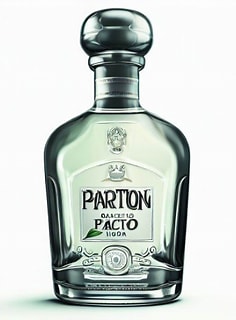
Understanding the High Price of Patron Tequila
According to web search results, Patron Tequila is expensive because it is made from 100% agave. Agave is a plant that grows in arid climates with low yields and is often harvested by hand. It is an expensive proposition to get the agave hearts to the distiller. Additionally, a surge in the popularity of tequila, coupled with several years of bad growing conditions, has led to a soaring price for raw agave and lowered supply.
Patron Tequila is one of the best-selling tequila brands, despite its high price. A bottle of Patron Silver starts at $50, while a top-shelf crystal bottle of Patron en Lalique: Serie 2 can cost up to $7,500. Patron is synonymous with tequila, but the premium brand’s starting price tag may be difficult for many to shoot down.
Is Patron Tequila Cheap Tequila?
The straightforward answer to this question is no. As mentioned above, the cost of production, coupled with the popularity and demand for Patron Tequila, contributes to its high price. The use of 100% agave and the small batch production process ensures a high-quality product, which, in turn, commands a higher price.
What’s the Difference in Patron Tequila Colors?
Deciphering the Color Codes of Patron Tequila Varieties
Patron Tequila comes in various colors, each representing a different type of tequila. The colors are primarily due to the aging process and the type of barrels used for aging. Here are the main colors of Patron Tequila and what they represent:
- Silver or Blanco: This is the purest form of tequila, as it is bottled immediately after distillation or stored in stainless steel tanks for up to two months before bottling. It is clear and transparent.
- Reposado: This tequila is aged in oak barrels for anywhere between two months and up to a year. The interaction with the oak gives it a pale golden color.
- Añejo: Aged for one to three years in oak barrels, this tequila has a dark golden color.
- Extra Añejo: This is the darkest and richest form of Patron Tequila, aged for more than three years in oak barrels.
How is Patrón Tequila Different from Other Types of Tequila?
Patrón distinguishes itself from other tequilas in several ways:
- Quality of Ingredients: Patrón exclusively uses 100% Weber Blue Agave, unlike many tequilas that blend agave with other sugars (known as mixtos).
- Distillation Process: Small batch distillation in copper pot stills marks Patrón’s approach. This labor-intensive, costly method yields a smoother, higher-quality tequila compared to many brands that favor column stills for efficiency, often at the expense of refinement.
- Aging Process: Patrón ages its tequila in select oak barrels, enhancing its unique flavor and smoothness. This contrasts with other tequilas that might use cheaper barrels or shorter aging times.
- Bottling: The handcrafting and individual numbering of each Patrón bottle showcase the meticulous attention to detail throughout the production process.
What is so Special About Patrón Tequila?
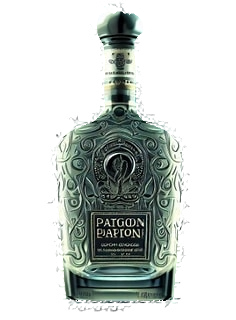
Patrón Tequila is special for several reasons:
- Quality Ingredients: It is made from 100% Weber Blue Agave, which is considered the highest quality agave for tequila production.
- Artisanal Production: Patrón is produced in small batches using a combination of traditional and modern techniques. The agave is hand-chopped and roasted in brick ovens, and the juice is extracted using a traditional tahona wheel or modern roller mill.
- Variety: Patrón offers a wide range of tequilas, from the unaged Silver to the ultra-premium Extra Añejo, providing options for all taste preferences.
- Reputation: Patrón has a reputation as a premium brand and is often associated with luxury and quality. It has won numerous awards for its taste and quality.
- Social Responsibility: Patrón is committed to being environmentally friendly and socially responsible. They recycle and reuse materials whenever possible and support local communities through various initiatives.
Best Way to Drink Patrón Tequila
Patrón can be enjoyed in several ways, and the best way to drink it really depends on your personal preference. Here are a few suggestions:
- Neat: This is the purest way to enjoy Patrón. Simply pour a measure into a glass and savor the flavors without any mixers or ice.
- On the Rocks: If you prefer your tequila slightly chilled, you can serve it over ice. This can also help to mellow the flavors slightly.
- As a Base for Cocktails: Patrón is a high-quality tequila that can elevate any cocktail. It is commonly used as the base for classic cocktails like Margaritas and Tequila Sunrises.
- With a Slice of Lime or Orange: A small slice of lime or orange can add a citrusy note to the tequila and enhance its flavors.
- With a Side of Sangrita: Sangrita is a traditional Mexican drink made of tomato juice, orange juice, and spices. It is often served as a chaser to a shot of tequila.
Remember, the best way to drink Patrón is the way you enjoy it the most. It is always recommended to drink responsibly and savor the flavors of this premium tequila.
Top 5 Mix Drinks to Make with Patrón Tequila
Crafting Signature Drinks with Patron Tequila
Patrón Tequila is a versatile spirit that can be used as a base for a variety of mixed drinks. Here are five popular cocktails that you can make with Patrón Tequila:
Patrón Tequila Margarita:
Ingredients:

- 2 oz Patron Silver Tequila
- 1 oz Orange Liqueur (such as Triple Sec or Cointreau)
- 1 oz Fresh Lime Juice
- 1/2 oz Simple Syrup (optional, adjust to taste)
- Ice cubes
- Lime wedge or wheel for garnish
- Salt (for rimming, optional)
Instructions:
- If you like, you can rim a margarita glass with salt. To do this, moisten the rim of the glass with a lime wedge, then dip it into a plate of salt to coat the rim. This is optional and depends on your preference.
- Fill the margarita glass with ice cubes.
- In a cocktail shaker, add 2 ounces of Patron Silver Tequila.
- Add 1 ounce of orange liqueur (Triple Sec or Cointreau) to the shaker.
- Squeeze in 1 ounce of fresh lime juice.
- If you prefer a slightly sweeter margarita, add 1/2 ounce of simple syrup to the shaker. You can adjust the amount of simple syrup to your taste.
- Fill the shaker with ice and shake vigorously for about 10-15 seconds to chill and combine the ingredients.
- Strain the margarita mixture into your prepared margarita glass.
- Garnish your Patron Margarita with a lime wedge or wheel. This not only adds a nice visual touch but also enhances the aroma of the cocktail.
- Serve your Patron Margarita immediately, preferably with a straw and a cocktail stirrer.
Patrón Tequila Paloma:
Ingredients:
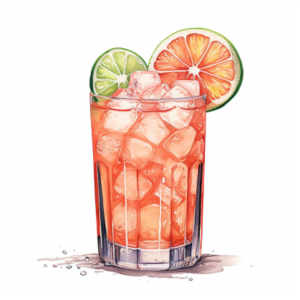
- 2 oz Patron Silver Tequila
- 1/2 oz Fresh Lime Juice
- 4-6 oz Grapefruit Soda (such as Jarritos, Squirt, or Fresca)
- Ice cubes
- Lime wedge or wheel for garnish
- Salt (for rimming, optional)
Instructions:
- If you like, you can rim a highball glass with salt. To do this, moisten the rim of the glass with a lime wedge, then dip it into a plate of salt to coat the rim. This is optional and depends on your preference.
- Fill the glass with ice cubes.
- Add 2 ounces of Patron Silver Tequila to the glass.
- Squeeze in 1/2 ounce of fresh lime juice. Adjust the lime juice to your taste if you prefer a bit more or less tartness.
- Top off the glass with 4-6 ounces of grapefruit soda. The amount may vary depending on the size of your glass and your preference for sweetness and tartness.
- Give the ingredients a gentle stir to combine them and chill the mixture.
- Garnish your Patron Paloma with a lime wedge or wheel. This not only adds a nice visual touch but also enhances the aroma of the cocktail.
- Serve your Patron Paloma immediately, ideally with a straw and a cocktail stirrer.
Tequila Sunrise:
Ingredients:
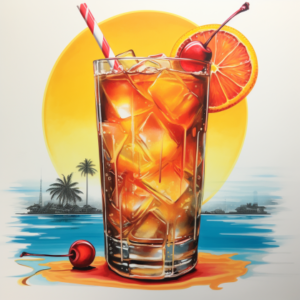
- 2 oz Patron Silver Tequila
- 4 oz Orange Juice
- 1/2 oz Grenadine Syrup
- Ice cubes
- Orange slice and maraschino cherry for garnish (optional)
Instructions:
- Start by filling a highball or Collins glass with ice cubes. This will help keep the drink cold and give it a nice chill.
- Pour 2 ounces of tequila over the ice in the glass.
- Next, add 4 ounces of orange juice to the glass. You can use freshly squeezed orange juice for the best flavor, but store-bought orange juice works well too.
- Now comes the fun part. Slowly pour 1/2 ounce of grenadine syrup over the back of a spoon or by drizzling it down the side of the glass. This should create a gradient effect with the grenadine sinking to the bottom and gradually rising to create the “sunrise” look. It will give the drink a beautiful red-to-orange gradient.
- Do not stir the drink; let the colors separate naturally.
- If desired, garnish your Tequila Sunrise with an orange slice and a maraschino cherry on a cocktail pick. This adds a nice finishing touch and enhances the visual appeal.
- Serve your Tequila Sunrise with a straw or a swizzle stick, allowing your guests to stir and enjoy the layered flavors.
Patrón Tequila Mojito:
Ingredients:
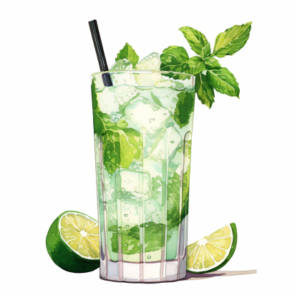
- 2 oz Patron Silver Tequila
- 1 oz Fresh Lime Juice
- 2 teaspoons granulated sugar (adjust to taste)
- 6-8 fresh mint leaves
- Soda water (club soda)
- Ice cubes
- Lime wheel and mint sprig for garnish
- Extra mint sprigs for garnish (optional)
Instructions:
- Start by muddling the fresh mint leaves and sugar together in a glass. You can use a muddler or the back of a spoon for this. Muddle just enough to release the mint’s aromatic oils without tearing the leaves.
- Add the fresh lime juice to the glass with the mint and sugar mixture.
- Fill the glass with ice cubes, leaving some room at the top.
- Pour in 2 ounces of Patron Silver Tequila.
- Give the ingredients a gentle stir to combine them and chill the mixture.
- Top off the glass with soda water (club soda) to your desired level, typically around 2 to 3 ounces. Adjust to taste, adding more soda for a lighter drink or less for a stronger one.
- Garnish your Patron Mojito with a lime wheel and a sprig of fresh mint. You can also add extra mint sprigs for a more aromatic presentation.
- Optionally, you can give your mojito a final gentle stir before serving.
- Serve your Patron Mojito with a straw and enjoy!
-
Mexican Mule:
Ingredients:

- 2 oz Patron Silver Tequila
- 1 oz Fresh Lime Juice
- 4 oz Ginger Beer
- Lime wedge or wheel, for garnish
- Ice
Instructions:
- Fill a copper mug or highball glass with ice cubes.
- Add 2 ounces of tequila to the glass.
- Squeeze the juice of one fresh lime (approximately 1 ounce) into the glass. You can adjust the lime juice to your taste; some people prefer a bit more or less tartness.
- Top off the glass with approximately 4 ounces of ginger beer. The amount may vary depending on your preference and the size of your glass, but you typically want a good balance between the tequila and ginger beer.
- Stir the ingredients gently to mix them together.
- Garnish your Mexican Mule with a lime wedge or wheel. This not only adds a nice visual touch but also enhances the aroma of the cocktail.
- Serve your Mexican Mule immediately, ideally with a straw and a cocktail stirrer.
Conclusion
Patron Tequila is undoubtedly a premium brand, and its price reflects the quality and craftsmanship that goes into every bottle. While it may not be the most affordable option for some, those who appreciate the finer things in life will undoubtedly find it worth every penny.
Thank you for joining us on this journey through the world of Patron Tequila. We hope this article has answered your questions and helped you understand why Patron Tequila is so expensive. Cheers to enjoying the finer things in life!
1800 Tequila: What’s Your Flavor? A Guide to Premium Tastes
1800 Tequila: What’s Your Flavor? is more than just a question, it’s an invitation to explore.
This premium tequila brand has been tantalizing taste buds for centuries with its unique flavor profiles.
Dive into the rich legacy of 1800 Tequila and discover how this beloved brand crafts their signature spirits from blue Weber agave plants in Jalisco, Mexico.
Whether you’re savoring the smooth taste of 1800 Silver or exploring the complex notes of Reposado and Anejo, there’s always something new to uncover with 1800 Tequila?
Table of Contents:
- The Legacy of 1800 Tequila
- Exploring Popular 1800 Tequila Flavors
- Unveiling Special Editions
- Pairing Flavors with Premium Tequilas
- Savoring Ready-to-Drink Margaritas
- Unraveling the Production Process of Tequila
- Appreciating Tasting Notes: A Deep Dive
- Decoding Aftertaste – Clean & Crisp
- Discovering Unique Flavor Profiles
- Conclusion
The Legacy of 1800 Tequila
When it comes to premium tequila brands, one name that consistently stands out is the well-known Jose Cuervo brand’s offspring – 1800 Tequila. This crafted tequila has carved a niche for itself in the vast landscape of spirits and alcohol production.
This unique flavor profile owes its existence primarily to blue Weber agave plants harvested from Jalisco, Mexico – an area renowned for producing high-quality agave plants.
Crafting Process: From Agave Plant To Bottle
Aged tequilas like those offered by ‘1800’ undergo rigorous crafting processes before they reach your glass. The journey begins with roasting matured blue Weber agaves followed by double distillation and ends with aging in American oak barrels.
Influence Of Aging On Flavor Profiles
- Silver variety offering a clean taste tinged with vibrant citrus undertones,
- Reposado presenting depth infused with warm vanilla nuances,
- Anejo delivering robust caramel tones along with spicier elements owing to an extended barrel maturation period.
Exploring Popular 1800 Tequila Flavors
The variety of flavors accessible in the realm of top-notch tequila is immense, with a wide selection to pick from. Among these, the well-known Jose Cuervo tequila brand stands out – particularly its 1800 Tequilas range.
The Smooth Taste of 1800 Silver
If you’re looking for something light yet flavorful, consider starting your journey with the popular silver variety. This double distilled spirit presents a clean taste that’s both smooth and subtly sweet due to its base ingredient – blue weber agave plant.
This versatile tequila features floral notes balanced by citrus undertones, making it an excellent choice whether enjoyed neat or as part of cocktail mixes.
The Complexity of 1800 Reposado
Diving deeper into complex profiles brings us to aged varieties like Reposado. After six months spent maturing in American oak barrels, the post-distillation process imparts rich vanilla and caramel nuances onto this golden-hued spirit.
A sip reveals more than just sweetness though; spicy black pepper accents add depth, balancing perfectly against the cooked agave backdrop, thereby enhancing the overall drinking experience while also pairing beautifully alongside savory dishes alike.
The Richness Of Anejo
For those seeking richer tastes, there’s always the Anejo version available. Spending fourteen months inside French oak barrels allows butterscotch and cinnamon hints to emerge, providing a layered palate exploration each time it is sipped upon.
Designed with whiskey lovers in mind, they will find familiar comfort within the warming tones, while simultaneously appreciating the distinct characteristics brought about through the traditional Mexican aging techniques employed during the production process at hand here.
The Clarity 1800 tequila Cristalino Version
Last but not least comes the clear contender, aka the 1800 Tequila Cristalino edition. Following a sixteen-month maturation period, an additional filtration step is undertaken to remove all color, leaving behind a crystal liquid ready-to-drink margarita style if so desired.
Key Takeaway:
Dive into the world of 1800 Tequila, where each flavor offers a unique taste adventure. From the smooth and subtly sweet Silver to Reposado’s complex vanilla-caramel blend, Anejo’s rich butterscotch hints or Cristalino’s clear readiness for margaritas – there’s a premium tequila waiting just for your palate.
Unveiling Special Editions
The premium tequila brand, 1800 Tequila, goes beyond the traditional scope of spirit production. They merge artistry with their crafted tequilas through unique special editions.
The Essential Artists Series is one such initiative that brings together artistic creativity and fine craftsmanship in a spectacular fusion. Each year, different artists are invited to express their vision on the canvas of limited-edition bottles, creating visually stunning designs.
Beyond just aesthetics, these collaborations also extend into flavor profiles. Every edition offers an exclusive blend that captures both the essence of this versatile tequila brand and mirrors the artist’s individuality, resulting in truly remarkable offerings for connoisseurs worldwide.
Coleccion: A Luxurious Affair
Apart from the Essential Artist series, there exists another gem within the world of ‘special editions’ – Coleccion; an epitome of luxury experience where attention to detail transcends every aspect, from the distillation process to the packaging design.
These extremely limited releases showcase some exceptional blends aged in French oak barrels, imparting sweet tastes, while black pepper adds tangy notes, offering a balanced palate experience. Forbes provides an insightful look at the luxurious release under the lineup – a bottle priced at $1,800.
Merging Art and Taste
In all its iterations, whether it’s vibrant artwork on the Essential Artist Series or an exquisite taste profile like those found in the Coleccion edition, 1800 Tequila has always been about creating something extraordinary beyond being a mere drink option.
This commitment towards excellence makes them stand out among other popular brands as they continue exploring innovative ways to engage consumers’ senses beyond tasting notes.
With each sip taken of any one of these creations, you’re not only savoring a high-quality distilled spirit but also appreciating how beautifully it integrates elements of visual arts and refined aftertaste sensations that linger.
Key Takeaway:
1800 Tequila takes spirit production to an artistic level, merging fine craftsmanship with unique aesthetics in their special editions. With visually stunning designs on limited-edition bottles and exclusive flavor profiles, this brand offers a sensory experience that goes beyond mere tasting notes.
Pairing Flavors with Premium Tequilas
Premium tequila, such as the 1800 brand, is celebrated for its versatility and wide range of flavor profiles. For mixed drinks and cocktails, the premium tequila like 1800 is an excellent option.
The Tropical Pair: Pineapple & Premium Tequila
If you’re looking to create a tropical-inspired drink, pineapple is your go-to fruit. Its natural sweetness complements the smooth taste of silver tequila while its tartness balances out any potential heaviness from this double-distilled spirit.
A simple yet refreshing recipe could be a Pineapple Margarita – combining pineapple juice, freshly squeezed lime juice, agave syrup (for added sweetness), and your favorite premium silver tequila. Here’s how to craft a delicious Pineapple Margarita at home.
Jalapeno: Adding Heat to Your Drink
For those who prefer their cocktails with a kick, jalapeno peppers are perfect when paired with versatile tequila brands like 1800’s offerings. They add just enough heat without overpowering the inherent tangy taste present in most high-quality agave plants used during the production process.
An example would be Jalapeno Infused Tequila – where sliced jalapenos are left soaking in reposado or blanco tequila before being strained off.
Sweet Summer Sips: Peach & Raspberry Pairings
Fruits like peach and raspberry bring forth sweet tastes that beautifully contrast against subtle hints found within aged oak barrels used during the production process, resulting in balanced palate experiences each time. A Peach-Raspberry Margarita blends together muddled peaches & raspberries alongside lemon juice plus either Blanco or Reposado variant depending upon personal preference.
Savoring Ready-to-Drink Margaritas
When it comes to enjoying the tropical taste of a margarita, 1800 Tequila offers an array of ready-made options. These pre-mixed cocktails encapsulate all the flavor and sophistication you’d expect from this premium tequila brand without any need for mixing or measuring.
The line-up includes enticing flavors like Watermelon, Raspberry, Peach, Original, and Jalapeno Lime. Each variant is meticulously crafted to offer a distinct flavor profile that takes your senses on a journey straight to sun-drenched shores.
Watermelon: A Taste of Summer in Your Glass
The Watermelon Margarita blends sweet watermelons with tangy lime notes resulting in the perfect balance. It is ideal for warm summer days or anytime when craving something refreshing yet potent. Tasting Table suggests some great recipes if you’re interested in making your own version at home.
Raspberry: Tangy Delight Meets Sweetness
Moving onto their Raspberry Margarita – it’s truly delightful. This concoction harmonizes tart raspberries’ natural sweetness with zesty citrus notes, creating an exciting contrast on your palate while the underlying hint of agave adds depth and complexity.
Peach: Smooth Southern Comfort Personified
If smoothness combined with a unique flavor is what you seek, then try out their Peach Margarita. The delicate sweetness paired with subtle hints from aged tequilas makes this option stand apart among other ready-to-drink margaritas available today.
Jalapeno Lime: Classic Flavor With a Spicy Twist
Last but not least, we have Jalapeno Lime – definitely not average by any means. Here they’ve taken the classic lime flavor and added an unexpected twist by incorporating heat from jalapeno peppers, which results in both sweet and spicy tasting notes dancing across your tongue seamlessly.
Key Takeaway:
1800 Tequila’s ready-to-drink margaritas bring the beach to your backyard with flavors like Watermelon, Raspberry, Peach and Jalapeno Lime. Each variant is a meticulously crafted cocktail that balances unique taste profiles with premium tequila – no mixologist skills required.
Unraveling the Production Process of Tequila
The production process of premium tequilas, like 1800 Tequila and the well-known Jose Cuervo brand, is an intricate journey that begins with cultivating high-quality agave plants. Let’s explore this fascinating procedure.
Cultivation & Harvesting: The Birthplace of Flavor
In Jalisco, Mexico, lies fields filled with blue Weber agave plants – the heart and soul behind every bottle of premium tequila. These finest blue agave plants are nurtured for nearly a decade before they’re ready to be harvested by ‘jimadors’, skilled farmers who skillfully extract their sweet core or ‘pina’ which forms the base ingredient in producing high-quality tequilas.
This crucial first step sets up our next stage in crafting these versatile tequilas – fermentation. Britannica‘s article on distilled liquor provides more insight into this vital phase.
Fermentation & Distillation: Transforming Sugars Into Spirits
The pinas from each plant undergo cooking to convert complex carbohydrates into simple sugars needed for fermentation. Post-cooking, they’re crushed, releasing a juice known as ‘aguamiel’ which then ferments using yeast, transforming it into alcohol-rich liquid called ‘mosto’. This mosto now enters distillation where it’s double distilled, enhancing its purity while refining flavors, making way towards aging inside oak barrels.
Aging: Where Time Crafts Character
- Reposado: Spend at least two months but less than one year within American Oak Barrels, resulting in a smooth taste imbued with a subtle hint of woodiness.
- Anejo: An extra-aged variety spending between one to three years inside the same barrels, leading to richer flavor profiles and developing complexity.
- Extra Anejo: This category ages even longer – a minimum of three years – deepening the character profile influenced largely by the French.
Appreciating Tasting Notes: A Deep Dive
The world of premium tequila, like that offered by the versatile 1800 brand, is an intricate dance of flavors and aromas. The key to unlocking this dance? Understanding tasting notes.
In this guide, we’ll explore what tasting notes are and how they can enhance your appreciation for crafted tequilas such as those produced from the finest blue agave plants in Jalisco, Mexico.
Unraveling Tasting Notes
Tasting notes serve as a descriptive language used by experts and enthusiasts alike when sampling food or beverages. These descriptions cover various aspects including aroma (nose), flavor (palate), body, finish (aftertaste) – all these contribute towards painting a vivid sensory picture. But don’t worry if you’re new at deciphering them; with practice comes perfection.
To start off on your journey into understanding tasting notes better, here’s a helpful resource providing insights into some commonly-used terms within wine & spirit tastings which also apply well to our context revolving around aged tequila brands like ‘1800’.
Role Of Tasting Notes In Tequila Appreciation
A premium bottle of 1800 Tequila isn’t just about being sweet or spicy – it’s so much more. There are layers upon layers waiting to be discovered ranging from fruity undertones reminiscent of citrus fruits through earthy tones echoing fields where blue Weber agave plants grow under Mexican sunsets leading up to complex tastes dancing around vanilla sweetness balanced against peppery heat – quite a palate adventure indeed.
This exploration enhances the overall drinking experience significantly because every sip becomes an adventure rather than mere consumption, taking you closer towards appreciating the craftsmanship involved in producing high-quality double distilled tequilas made using American oak barrels until the perfect balance between smooth taste and complexity is achieved.
Key Takeaway:
Mastering the language of tasting notes can turn sipping 1800 Tequila from a simple drink into an adventure. Uncover layers of flavors and aromas, from fruity undertones to peppery heat, enhancing your appreciation for this premium spirit’s intricate craftsmanship.
Decoding Aftertaste – Clean & Crisp
A premium tequila’s aftertaste, such as 1800 Tequila, is an essential aspect of the tasting experience. The flavor evolution and lingering notes post-sip significantly contribute to a connoisseur’s appreciation for this aged tequila brand.
The Significance Of Aftertaste In Premium Tequilas
After swallowing the beverage, a connoisseur’s appreciation for premium tequilas is often judged by its aftertaste or ‘finish’ – the residual flavor left in one’s mouth. A quality crafted tequila leaves behind a unique blend of flavors that continue to tantalize your palate long after you’ve swallowed.
Products like 1800 Tequila offer a clean finish with crisp undertones due largely in part to its meticulous production process which includes double distillation and aging within American oak barrels.
Lime And Oak: Subtle Yet Impactful
Citrusy hints from lime provide freshness while also balancing out any potential heaviness brought on by alcohol content. This contributes towards achieving that sought-after ‘clean’ sensation following each sip. DiffordsGuide provides more insights into how these elements are incorporated during the production process.
Oak plays another crucial role by adding complexity ranging from sweet vanilla nuances through spicy cinnamon tones depending upon charring duration before being filled with distilled agave spirit. Flaviar‘s article discusses further about wood influence on spirits including whiskey and similar beverages.
Mysterious Notes Of Smoke: Adding Depth To Flavors
Beyond citrusy freshness and oaky warmth lies yet another intriguing element – smokiness. Unlike certain whiskies where smoke can be overpowering, it subtly adds depth without overwhelming other components present therein. Imbibe Magazine’s guide offers additional insight into detecting nuanced elements within various alcoholic beverages alike.
Discovering Unique Flavor Profiles
The crafting of premium tequila is a blend of art and science, resulting in distinctive flavor profiles. These flavors are shaped by meticulous care, traditional techniques in tequila production, and the aging process within French oak barrels.
Aging in these barrels infuses sweet tastes into the tequila as it matures over time. The sweetness is balanced out with black pepper notes that add tangy undertones to this versatile liquor.
Sweet Notes from French Oak Barrels
The use of French oak barrels during maturation introduces subtle hints of vanilla and caramel to 1800 Tequila’s profile. This results from chemical reactions between compounds present within the barrel wood and those found within distilled agave spirits like 1800 Tequila.
This interaction doesn’t just add depth but also complexity to each sip you take – making it a truly one-of-a-kind experience for all who appreciate fine spirits such as this well-known Jose Cuervo brand’s offering.
Tanginess from Black Pepper Undertones
In contrast to the sweet undertones derived from French oak barrels, black pepper brings a sharp twist, adding zesty tones into play. This spicy note comes naturally due to the fermentation processes involved in producing high-quality agave plants used in 1800 Tequila’s lineup.
This fiery accent provides balance against sweeter components, creating a well-rounded taste sensation appealing even to the most discerning palates out there looking for something different than the typical smooth or clean-tasting varieties often associated with aged tequilas.
Balancing Act: Sweet vs Tangy
Finding the perfect harmony between contrasting flavors isn’t an easy task – yet 1800 Tequila manages to achieve this feat seamlessly through careful selection of the finest blue Weber agave plants combined with precise distillation techniques employed throughout their manufacturing process.
The end product? A versatile liquor offering a tantalizing blend of sweetness offset by a hint of peppery spice, ensuring a memorable tasting journey for everyone lucky enough to sample its delights.
Key Takeaway:
1800 Tequila artfully marries the sweet and tangy, crafting a unique flavor profile through meticulous aging in French oak barrels and careful distillation of high-quality agave plants. This premium liquor offers a tantalizing dance between vanilla-caramel sweetness and zesty black pepper undertones – a true delight for discerning palates.
Conclusion
So, you’ve embarked on a journey into the world of 1800 Tequila. You have discovered its rich legacy, explored popular flavors like Silver, Reposado, Anejo, and Cristalino.
We’ve admired their special editions that blend artistry with flavor profiles.
As well as learned how to pair different tequilas with various flavors for an enhanced drinking experience. And ready-to-drink margaritas? They’re now part of your repertoire too!
The production process has been demystified – from harvesting high-quality agave plants to double distillation and aging in American oak barrels.
Tasting notes are no longer a mystery; they’re tools for appreciating premium tequilas. Aftertaste is not just about being clean & crisp but also includes subtle hints of lime, oak, and smoke.
Now that you have this newfound knowledge at your fingertips, why not put it to use?
Our project, dedicated to alcohol reviews and mixed drink recipes, awaits!
Patron Tequila Price: Understanding Quality
Introduction
Exploring the world of Patron tequila means delving into a realm where quality, craftsmanship, and the Patron tequila price converge. This iconic brand has set a benchmark in the tequila industry, offering a variety of flavors and experiences for connoisseurs and casual drinkers alike. Understanding the Patron tequila price is key to appreciating the value and craftsmanship behind each bottle.
Patron Tequila Price: A Reflection of Quality and Craftsmanship
Patron tequila is synonymous with luxury and quality, and the Patron tequila price reflects this. From the choice of ingredients to the meticulous production process, every aspect contributes to its pricing. Exploring the factors that influence the Patron tequila price can help us appreciate the brand’s commitment to excellence.
The Rise of Patron Tequila
Patron tequila has carved a niche for itself in the spirits industry since its inception back in 1989. The brand’s dedication to elegance and distinction sets it apart from other distilleries, giving customers an extraordinary experience.
Rather than mass-producing their spirit like many others, Patron opted for small batch production. This approach not only ensures quality but also plays a significant role in the success of top-shelf tequila worldwide.
A key aspect that makes Patron stand out is its use of 100% agave – no additives or fillers are allowed, dispelling common misconceptions around fake taste associated with premium brands. It’s part of an additive-free verification program initiated by industry bodies, ensuring transparency and quality control.
Breaking Down the Patron Tequila Price: What You’re Paying For
Understanding the Patron tequila price means looking at what goes into each bottle. From the harvesting of blue agave to the aging process, each step adds value, reflected in the Patron tequila price.
Small Batch Production: A Game Changer
In contrast to most brands focusing on quantity over quality at that time, Patron chose the path less traveled – producing smaller batches instead. This decision enhances both the flavor profile and overall drinking experience, making Patron a favorite choice among distilleries across the globe.
This unique sipping pleasure can be attributed largely to the expertise brought onboard by Patron’s master distiller, who ensures every bottle meets high standards while retaining individualized taste profiles.
This is made possible using carefully selected blue weber agave plants grown under ideal conditions in the Jalisco region located within Mexico, known as ‘the land where good things happen’.
These matured plants take between seven to eight years before they’re harvested, readying them for the next stage – fermentation followed by aging inside oak barrels, depending on the variant being produced. This process creates distinct flavors enjoyed by patrons worldwide today.
Pioneering Use Of Blue Weber Agave
Distinguishing themselves from the rest of the competitors available during those early days wasn’t an easy task, yet the team behind this successful venture managed to do so thanks to the exclusive usage of the blue weber agave variety alone. This set new benchmarks for what constitutes an excellent-quality product, even if it meant raising the bar prices accordingly. Hence, contributing significantly towards the growth witnessed in the entire sector ever since then, especially after Bacardi took ownership of the company.
Key Takeaway:
Patron’s tequila has revolutionized the spirits industry with its commitment to quality and sophistication. Its small batch production, use of 100% agave, and unique flavor profiles make it a standout choice for connoisseurs. The brand’s pioneering approach sets new benchmarks in premium distilleries worldwide
Comparing Patron Tequila Price Across Different Varieties
The Patron tequila price varies across its range, from the popular Silver to the aged Anejo. Each variant offers a unique taste and experience, influenced by factors such as aging process and ingredient selection, which in turn affect the Patron tequila price.
The aging process is a critical factor in determining the Patron tequila price. Aged varieties like Reposado or Anejo require more time and resources, contributing to a higher Patron tequila price.
Patron’s range of tequilas provide a variety of flavor profiles, all crafted from 100% blue weber agave. Crafted from 100% blue weber agave and meticulously processed, these spirits cater to diverse palates.
The Popularity of Patron Silver
Patron Silver is often celebrated as the ‘purest expression’ of Blue Weber Agave spirit by both casual drinkers and tequila experts alike. This top-shelf tequila has gained global recognition for its crisp taste that combines notes of citrus fruits and black pepper – elements contributing significantly to this variant’s success in the world stage.
This unaged variety serves as an excellent base for cocktails due to its smoothness on the palate. The freshness preserved through immediate bottling after distillation makes it a perfect choice for margaritas or other mixed drinks.
The Artistry Behind Gran Patron Line
Gran Patron is more than just tequila; it’s an experience. This premium line from Patron Spirits Company offers not only exquisite taste but also visual allure, making each sip a multi-sensory delight.
Bacardi Limited, the company that acquired Patron Tequila in 2018, has significantly influenced this approach by bringing its extensive knowledge of spirits production and marketing to elevate the brand further.
Luxury Reflected Through Design Elements
The design elements of Gran Patron bottles are as unique as their contents. Each bottle is handcrafted and individually numbered – evidence of the meticulous care taken during production.
These artistic touches serve both aesthetic and practical purposes. For instance, cork stoppers ensure optimal preservation while adding elegance to the overall presentation – creating experiences worthy of top-shelf status within the global spirits market today.
Packaging and Design: Their Influence on Patron Tequila Price
The exquisite packaging and bottle design of Patron tequila also play a role in its pricing. The effort and creativity put into each bottle are part of the Patron tequila price, enhancing the overall experience.
Intricate Details Enhancing Experience Beyond Taste
Moving beyond mere packaging aesthetics, even minor details like labels contribute towards enhancing the customer experience with these luxury offerings. Every label on Gran Patron bottles features fine paper embossed with intricate designs, reflecting attention to detail often associated with Bacardi’s influence in shaping the modern-day Patron portfolio.
This dedication extends right down to how information about individual batches gets presented: instead of simply printing onto labels or boxes, they’re engraved directly onto glass surfaces – making each bottle a truly unique piece deserving display alongside the finest liquor collections worldwide.
Sophistication Exemplified through Craftsmanship
The craftsmanship behind every aspect exemplifies sophistication at its best levels possible. From selecting the highest quality blue weber agave plants for the distillation process to painstakingly slow aging periods inside handmade oak barrels – all steps combine to create tequilas bearing the ‘Gran’ prefix before their names.
It is no wonder why connoisseurs around the world regard them among the most refined expressions available within the global spirits market today. They represent the perfect balance between tradition and innovation; luxury and accessibility – attributes often linked to Bacardi’s influence in shaping the current-day Patron portfolio.
Key Takeaway:
Gran Patron tequila is more than a drink, it’s an art form. From the handcrafted bottles to the meticulous distillation process using top-notch blue weber agave plants, every detail exudes sophistication and luxury. It’s not just about taste; each bottle offers a multi-sensory experience that reflects Bacardi Limited’s influence in elevating this premium line of tequila.
Savoring Tequila Like an Expert
Tequila, a spirit that’s rich in history and tradition, offers more than just a refreshing cocktail ingredient. It presents a complex world of flavors waiting to be discovered by those willing to slow down and savor each sip.
To truly appreciate tequila like an expert involves understanding its unique flavor profiles developed during the production process. And this journey begins with learning how to taste it properly.
The Art of Slow Sipping
Tasting tequila is not about gulping but rather appreciating the subtle nuances through slow sips. This approach allows you to fully engage your senses – sight, smell, touch (mouthfeel), and most importantly taste – thereby unlocking intricate layers hidden within every bottle produced by renowned distilleries such as Patron master distiller.
Fruity or smoky expressions are common notes found across various types of Patron’s offerings due to their use of blue weber agave aging processes respectively. These distinct characteristics make each variant stand out among menu brands and distilleries’ tequilas worldwide, thus creating an individualized taste profile for discerning drinkers everywhere.
Different Notes in Tequilas Explained
In order to unravel the complexity behind different notes present within various types of Patron’s lineup, one must first understand what ‘notes’ mean in the context of spirits tasting: they refer to individual flavors and scents detected when consuming a drink.
Starting from fruity undertones often associated with silver blanco variants and moving towards deeper smoky tones prevalent in aged ones – there is a whole spectrum to explore and enjoy depending upon the specific type at hand. Take a pause to appreciate the craftsmanship behind Patron before indulging in its flavors and aromas, as well as consider how best to enhance your drinking experience by pairing it with food.
Marrying Food With Your Favorite Tipple
Beyond merely enjoying them neat, pairing food items can further enhance the overall drinking pleasure, provided they are carefully selected based upon the specific variant being consumed.
This age-old custom, termed culinary matching, has been in existence for generations and continues to be a popular way of improving the overall drinking experience.
Key Takeaway:
Tequila tasting is an art, requiring slow sips to appreciate its complex flavors. Understanding ‘notes’—individual flavors and scents—is key to unraveling the richness of Patron’s offerings. Remember, pairing your tequila with carefully selected food can further elevate your drinking experience.
The Impact of Limited Editions on Patron Tequila Price
The world of tequila is as diverse and captivating as it gets, with Patron leading the way in creating a luxurious experience for its consumers.
Limited editions and special collaborations often carry a higher Patron tequila price tag. These exclusive offerings are not just about the tequila but also about the unique packaging and the rarity of the product, contributing to a higher Patron tequila price. Among their varied offerings, limited edition releases and celebrity-backed collaborations have become stars on their own right.
This statement rings true especially when you consider the Patron en Lalique series. This exclusive line combines top-shelf tequila aged under meticulous supervision from Patron master distiller with beautifully designed bottles by French crystal artisans Lalique.
Star-Studded Collaborations: The Guillermo del Toro Effect
Beyond just producing fine spirits, Patron has ventured into exciting partnerships that add an extra layer to their brand story. A notable example is ‘Patron x Guillermo del Toro’, a collaboration between Patron and acclaimed filmmaker Guillermo del Toro.
In this unique offering, two skull-shaped bottles hold premium anejo tequila and orange liqueur respectively. They’re housed inside an intricately crafted box reminiscent of a theatre stage – all reflective elements showcasing Del Toro’s Mexican heritage along his signature fantastical designs.
Celebrity Influence In The World Of Tequilas
Apart from collaborative ventures, there has been a significant rise among celebrities owning or investing heavily in brands across the spirit industry. Celebrities bring not only visibility but also lend credibility due to personal involvement during the product development phase or through endorsement deals.
Casa Dragones, co-founded by Bertha Gonzalez Nieves (often referred to as the first woman “Maestra Tequilera”) alongside MTV co-founder Bob Pittman, are some instances where high-profile personalities have made a direct impact aligning themselves closely towards particular brands rather than mere endorsements.
Key Takeaway:
Patron tequila’s rich flavors and unique production process create a luxurious experience for consumers. Their limited editions, celebrity collaborations like ‘Patron x Guillermo del Toro’, and involvement of high-profile personalities in the industry add an extra layer to their brand story.
Understanding Pricing & Value Proposition
The value proposition and pricing of Patron tequilas are intricately linked, reflecting the brand’s commitment to quality, craftsmanship, and unique experiences. The price point is influenced by various factors including the aging period, ingredients used such as blue weber agave, packaging design, and exclusivity associated with limited editions.
Comparing Price Points Across Variants
Different variants of Patron command different prices on the market. For instance, a bottle of the silver variant typically costs less than an Anejo or Extra Anejo due to differences in their production processes, which include varying aging periods.
Aging significantly impacts a tequila’s cost. As it ages longer inside barrels, flavors get more nuanced, resulting in a complex taste profile and commanding higher retail prices. Take, for example, Patron’s Extra Anejo, aged a minimum of three years before bottling, offering a rich depth of flavor that justifies its premium price tag compared to younger expressions like Reposado that age only a few months.
Beyond the age factor, another crucial aspect affecting variation in prices among different types involves the type of agave being utilized during the distillation process. Blue Weber Agave sourced primarily from the highlands region contributes towards fruity richness but also adds to the overall cost because harvesting this particular variety requires labor-intensive effort unlike cheaper alternatives employed by other brands, compromising authenticity and quality, leading to a fake taste often spotted through the additive-free verification program initiated by industry bodies, ensuring transparency and control over product standards.
Influence Of Limited Editions And Packaging Design On Prices
Limited edition releases fetch higher prices not solely because they’re rare collectibles. But these bottles usually come designed artistically. Enhancing the customer experience beyond mere sipping pleasure. Limited series like ‘Patron en Lalique’ are considered exclusive collector items and command top dollar. Mainly due to artistic embellishments along with the extraordinary blend housed within each bottle.
Packaging plays a vital role in influencing how much you end up paying for your favorite Patron at local liquor stores.
Key Takeaway:
Patron’s pricing mirrors its value proposition, factoring in the quality of ingredients like blue weber agave, aging duration, packaging design and exclusivity. Aging enhances flavor complexity which justifies higher prices while limited editions offer artistic appeal beyond taste.
Debunking Myths Around Additives & Fake Taste
The tequila industry is riddled with misconceptions, one of which revolves around the use of additives in premium brands. It’s often believed that these additives result in a ‘fake taste’. Before we draw any conclusions, let’s take a look at the additives used and why they are necessary.
Additives can range from caramel color for visual consistency, glycerin for enhancing mouthfeel, or sugar-based syrup for added sweetness. Industry bodies like Tequila Matchmaker Figure have initiated an additive-free verification program ensuring transparency and quality control across distilleries.
Detecting Fake Taste In Tequilas
Fake taste doesn’t necessarily equate to bad. It simply refers to flavors that don’t naturally occur during the fermentation or aging process of making tequila. These tastes are introduced through artificial means but aren’t inherently harmful.
A trained palate might detect such additions as unusual sweetness (often described as candy-like). Unnatural smoothness (masking alcohol bite), or a consistent flavor profile across batches – all potential indicators of additive usage.
If you suspect your tequila has a fake taste due to additives. You can consider cross-referencing with verified additive-free brands on platforms like Tequila Matchmaker. Remember though: everyone’s palate is different. What tastes ‘off’ could just be unfamiliarity with certain natural agave expressions.
Patron’s Commitment To Authentic Flavor Profiles
Patron is firmly committed to preserving authenticity, favoring natural flavors over artificial additives. Each bottle is crafted to reflect the original vision of the master distiller. Ensuring a unique taste profile distinct to itself. This approach underlines Patron’s dedication to upholding traditional methods while delivering uncompromised quality.
Key Takeaway:
Patron Tequila busts the myth of ‘fake taste’ from additives, instead championing authentic flavor profiles. With industry bodies ensuring transparency and quality control, discerning drinkers can savor tequila’s natural agave expressions without worry. Remember: what might seem ‘off’ could just be unfamiliarity.
FAQs in Relation to Flavors of Patron
What are the Flavors of Patron?
Patron offers a range of flavors from crisp and clean in their Silver tequila. To complex notes of oak, vanilla, and caramel in Anejo. Their XO Cafe variant has rich coffee essence.
Which patron is the best tasting?
The ‘best’ depends on personal preference. For a smooth, fresh taste try Patron Silver. If you prefer aged spirits with deep flavor profiles, consider Anejo or Extra Anejo.
What is the flavor profile of Patron?
The flavor profile varies by type – Silver has citrusy notes while Reposado adds hints of honeyed oak. Anejo features deeper tones like dried fruits and spices.
What are the flavors of Patron XO?
Patron XO Cafe blends premium tequila with the pure natural essence of fine coffee. This results in an intriguing mix that’s dry yet sweet with espresso and chocolate overtones.
Conclusion
Embarking on the journey of exploring the Flavors of Patron is like stepping into a world rich with tradition. Combined with craftsmanship, and diversity.
The rise of this revered tequila brand has been nothing short of remarkable. Its unique production process, involving 100% blue weber agave and varying aging periods. This sets it apart in an industry brimming with competition.
Different types such as Silver or Anejo each offer their own distinctive taste profiles to cater to different palates. The artistry behind Gran Patron line extends beyond just flavor – even its bottle design reflects sophistication and exclusivity.
Crafting cocktails using Patron tequilas can elevate your mixology skills while savoring them slowly allows for maximum enjoyment.
It offers more than just alcohol reviews and mixed drink recipes. It’s a platform that guides you through understanding pricing structures across various types. Including limited editions like ‘Patron en Lalique’ series. It also helps debunk common misconceptions around additives leading to fake taste in premium brands.
If you would like some Patron Tequila recipes, Click here for our post.
- Bombay Sapphire: The Artful Blend of Exotic Botanicals
- Crown Royal Salted Caramel
- Belvedere Vodka Price: How Much Does It Cost?
- Glenlivet Founders Reserve: A Classic Whisky with a Modern Twist
- Best Mezcal: An All-Inclusive Guide to Top Selections
- Amazon Bar Stools: Find the Perfect Black Bar Stools with Backs
- Don Julio Tequila Price and Prestige. Sip in Style
- Home Bar Furniture: A Guide for Your Perfect Setup
- Elijah Craig Toasted Barrel: Richness of Fire-Finished Bourbon
- Maker’s Mark Cask Strength: Bold and Intense
- Home Bar Haven: Crafting Unforgettable Gatherings
- The Collins Glass: A Fascinating Journey from A London’s Coffee House to Modern Cocktail Culture
- Buchanan’s Pineapple: A Tropical Twist on Scotch Whisky.

